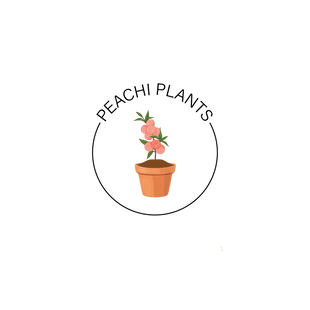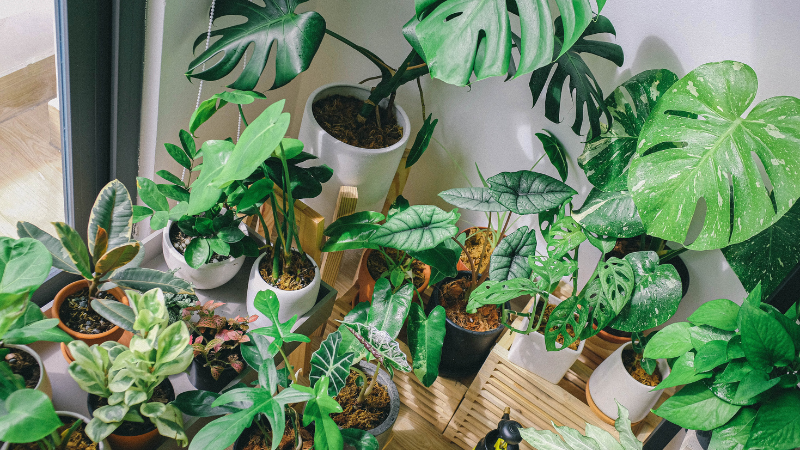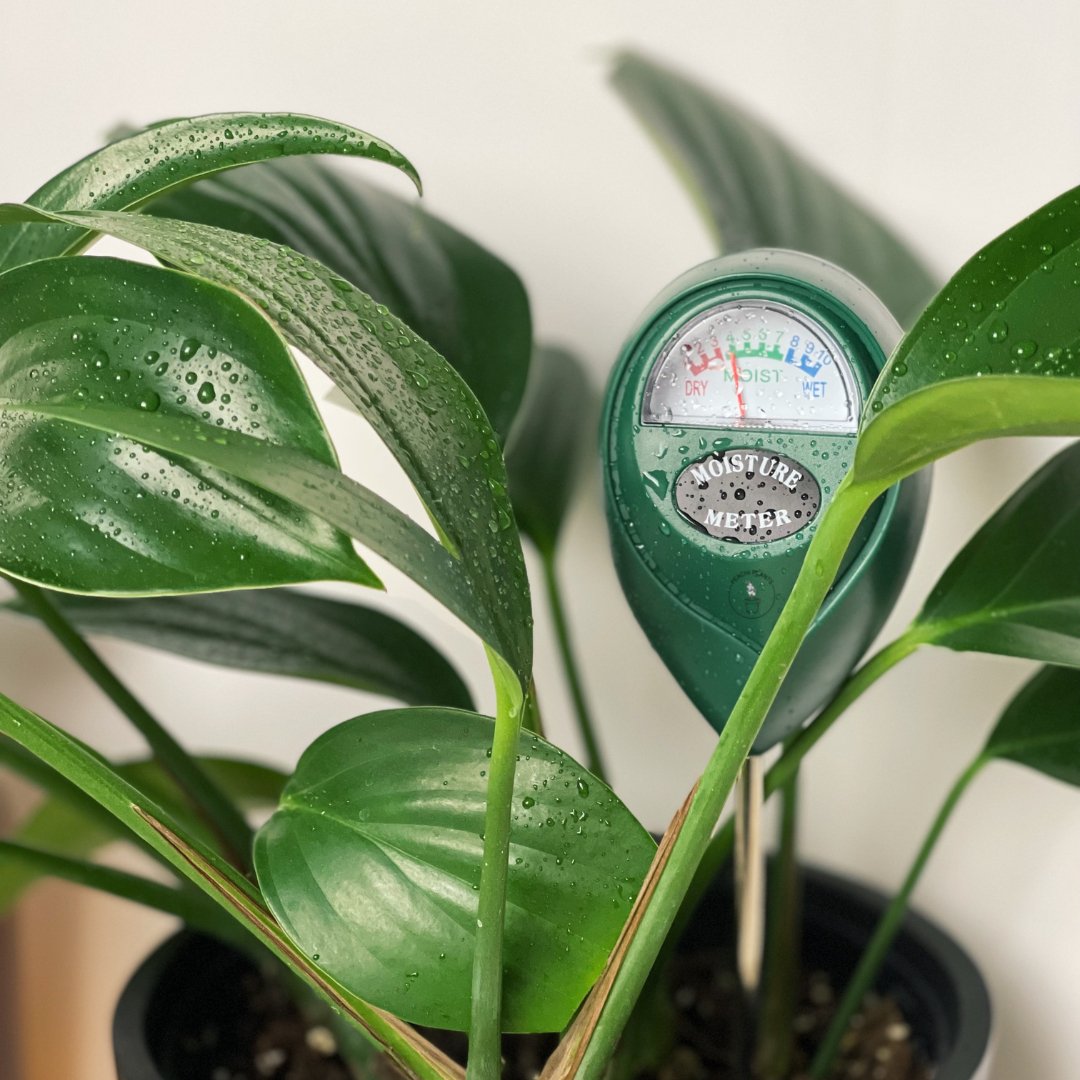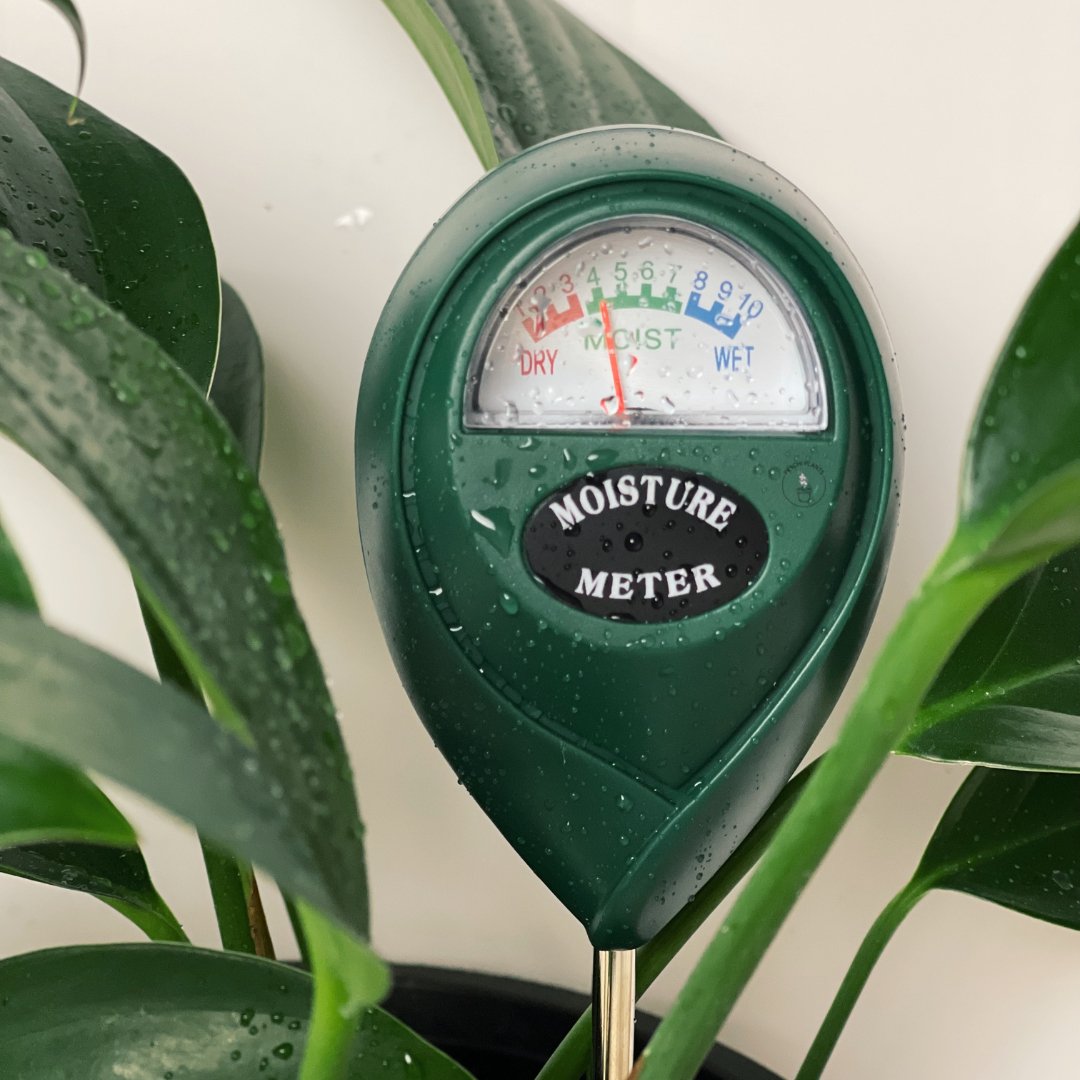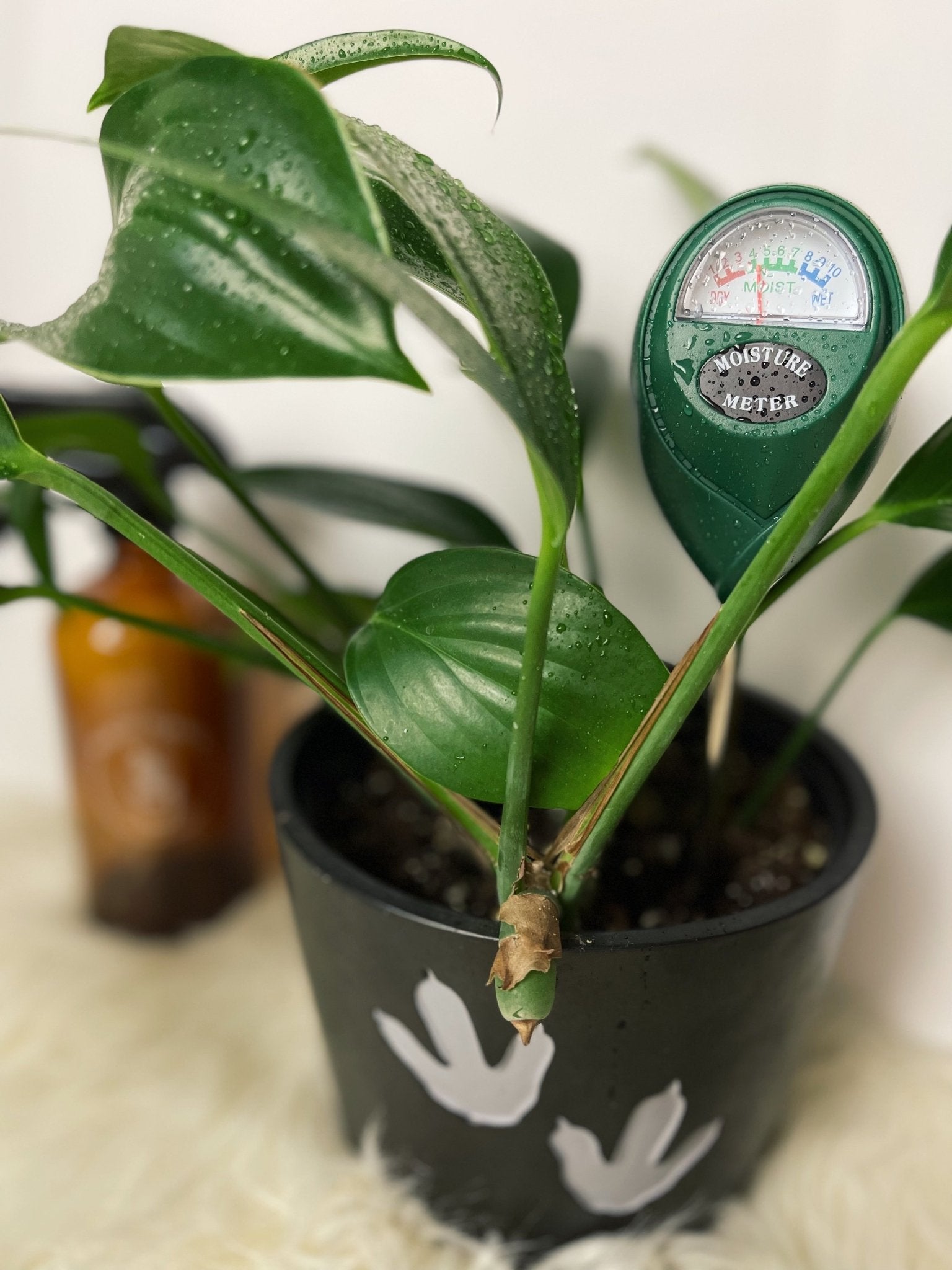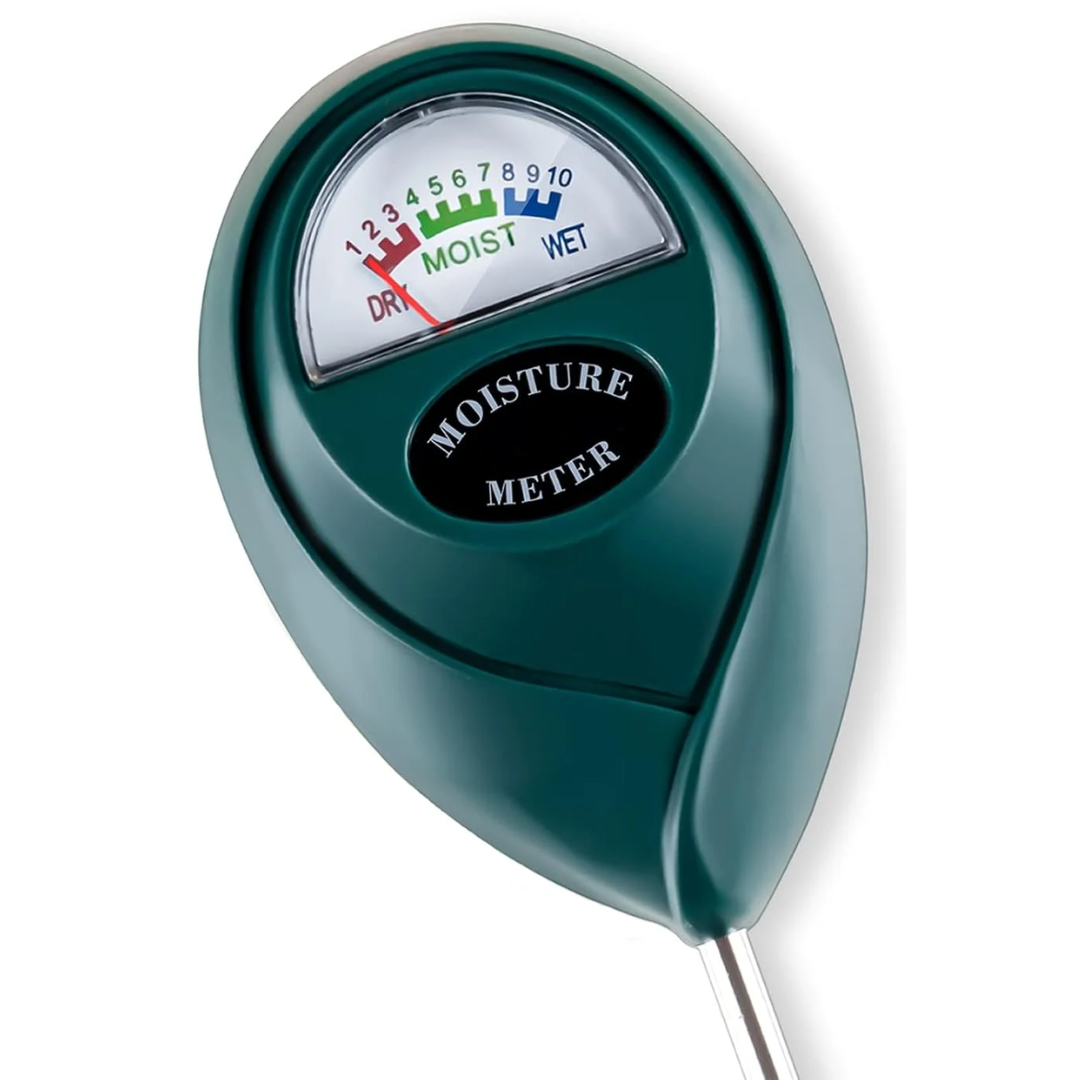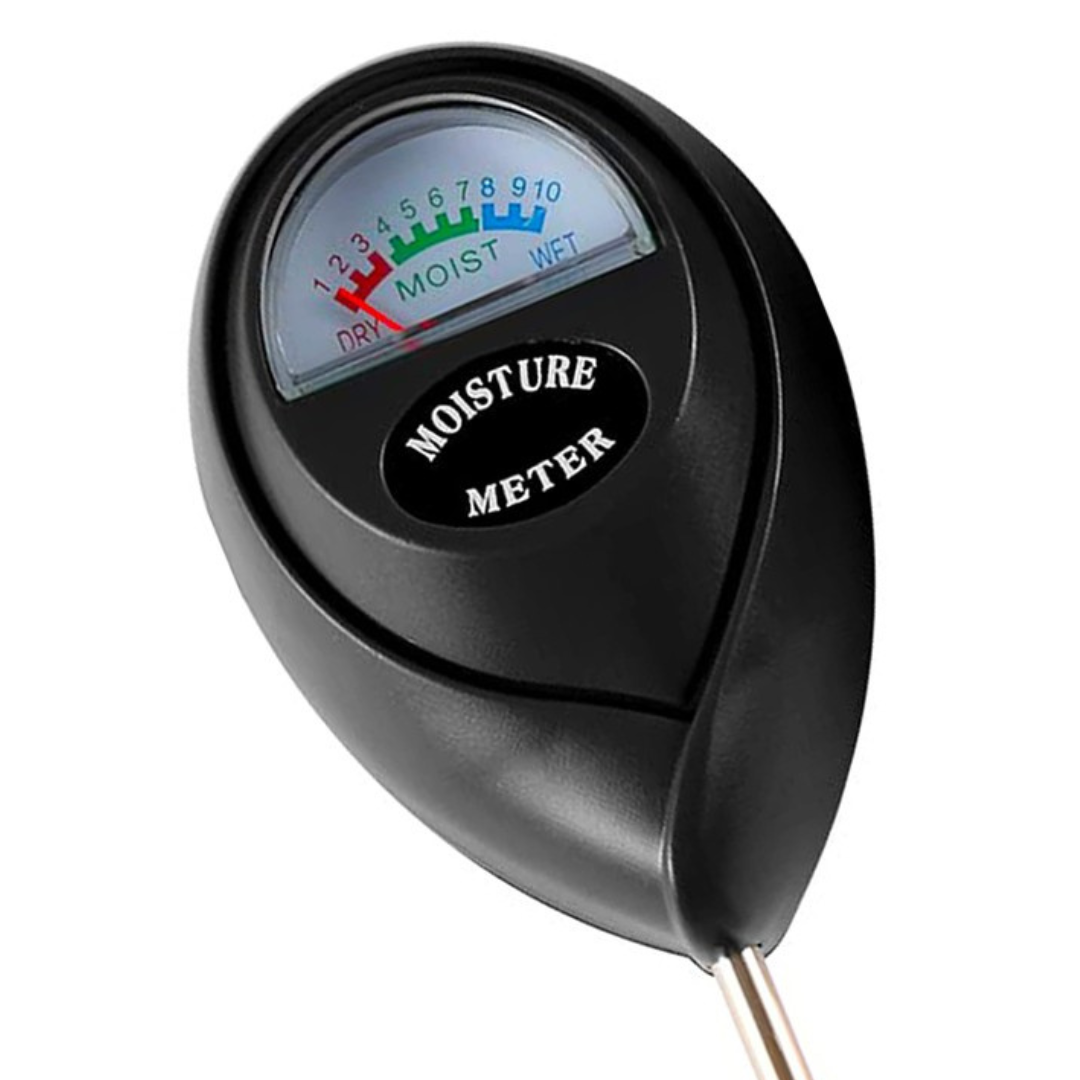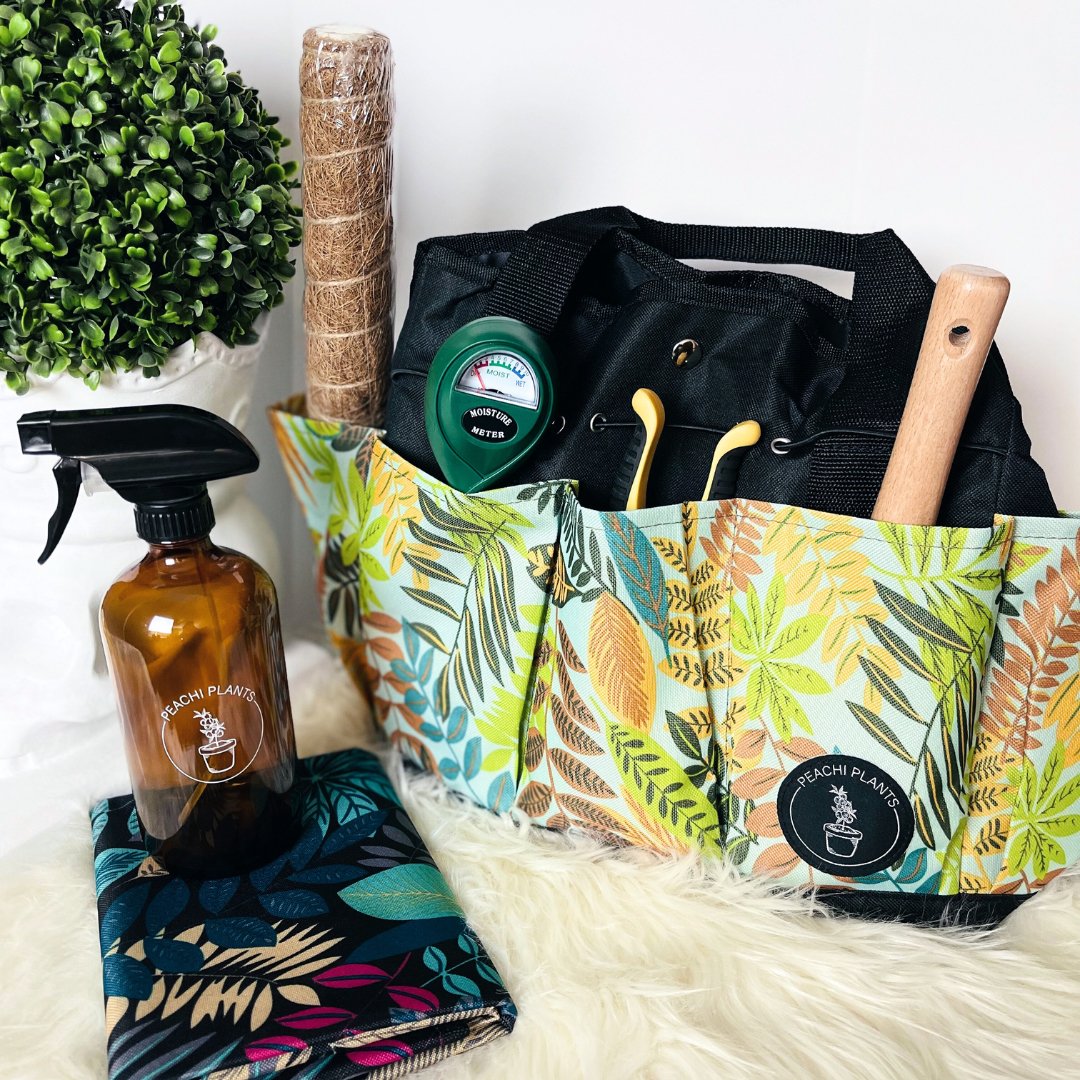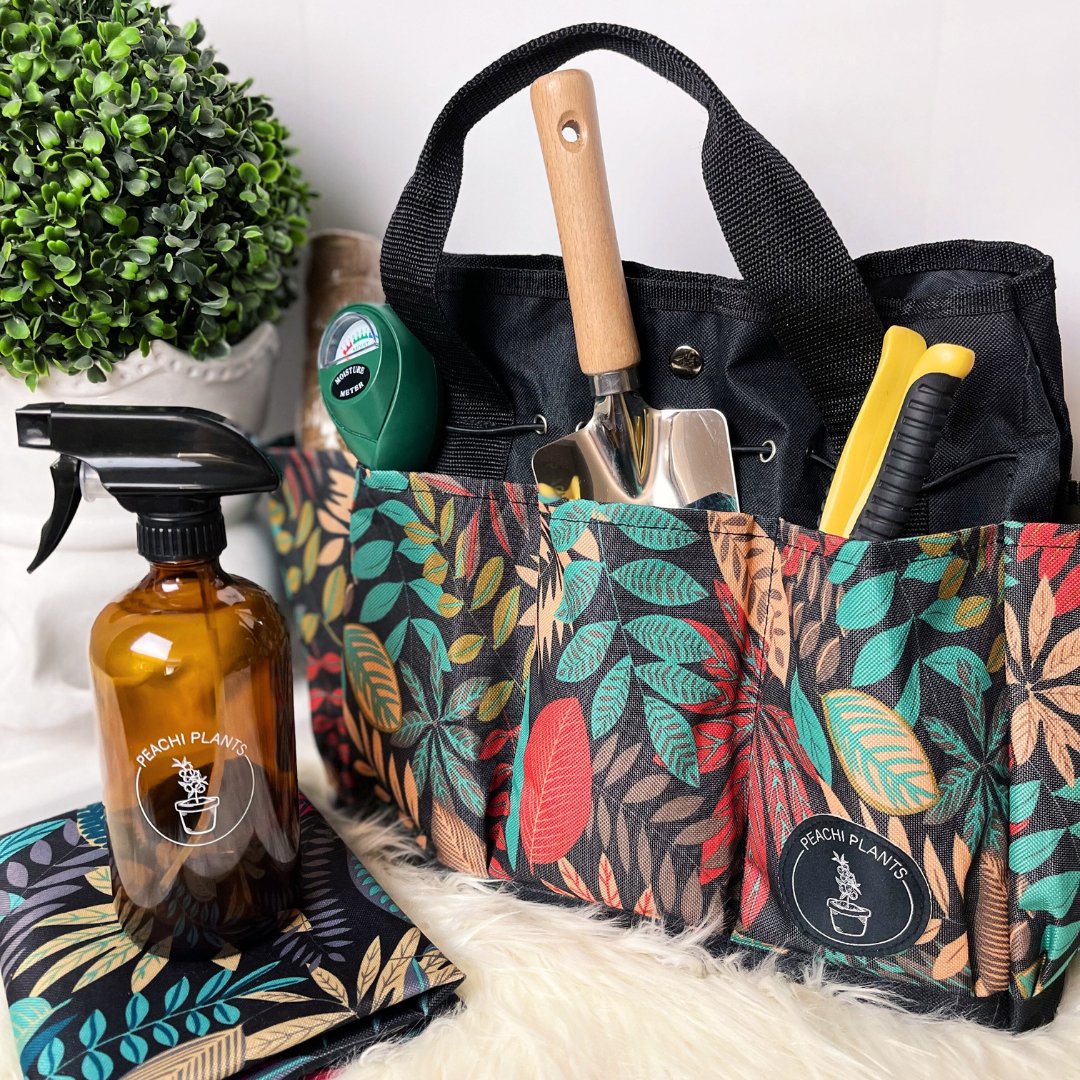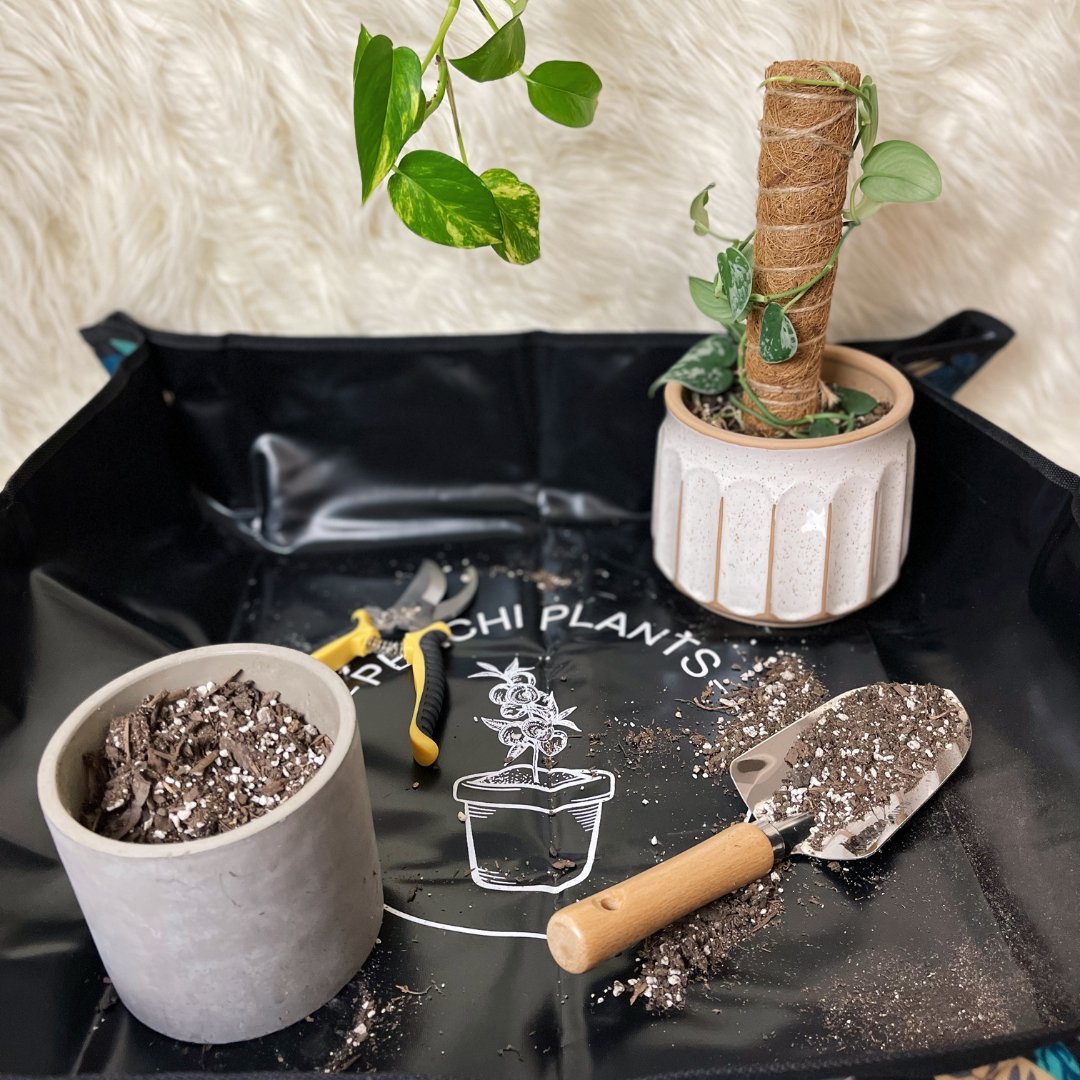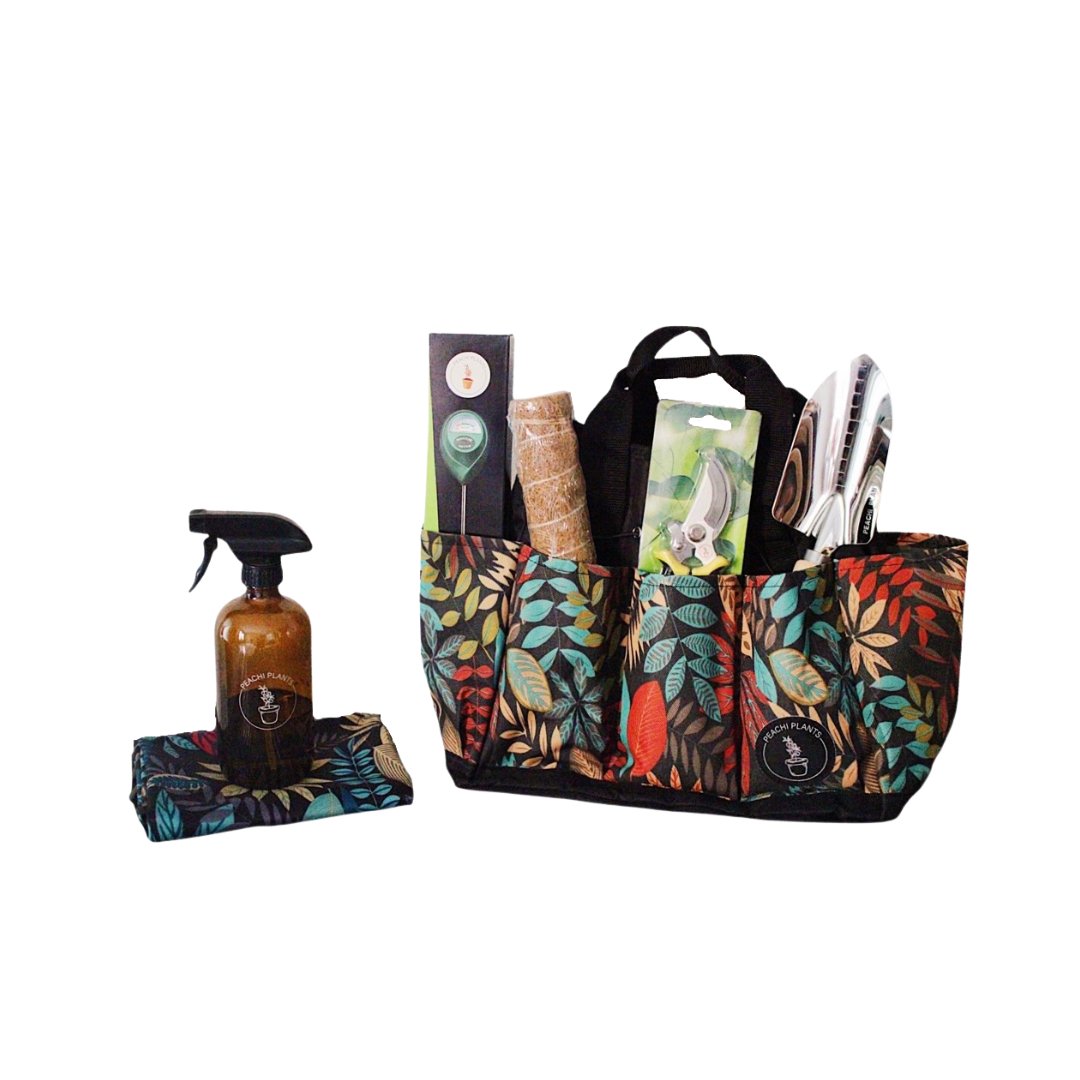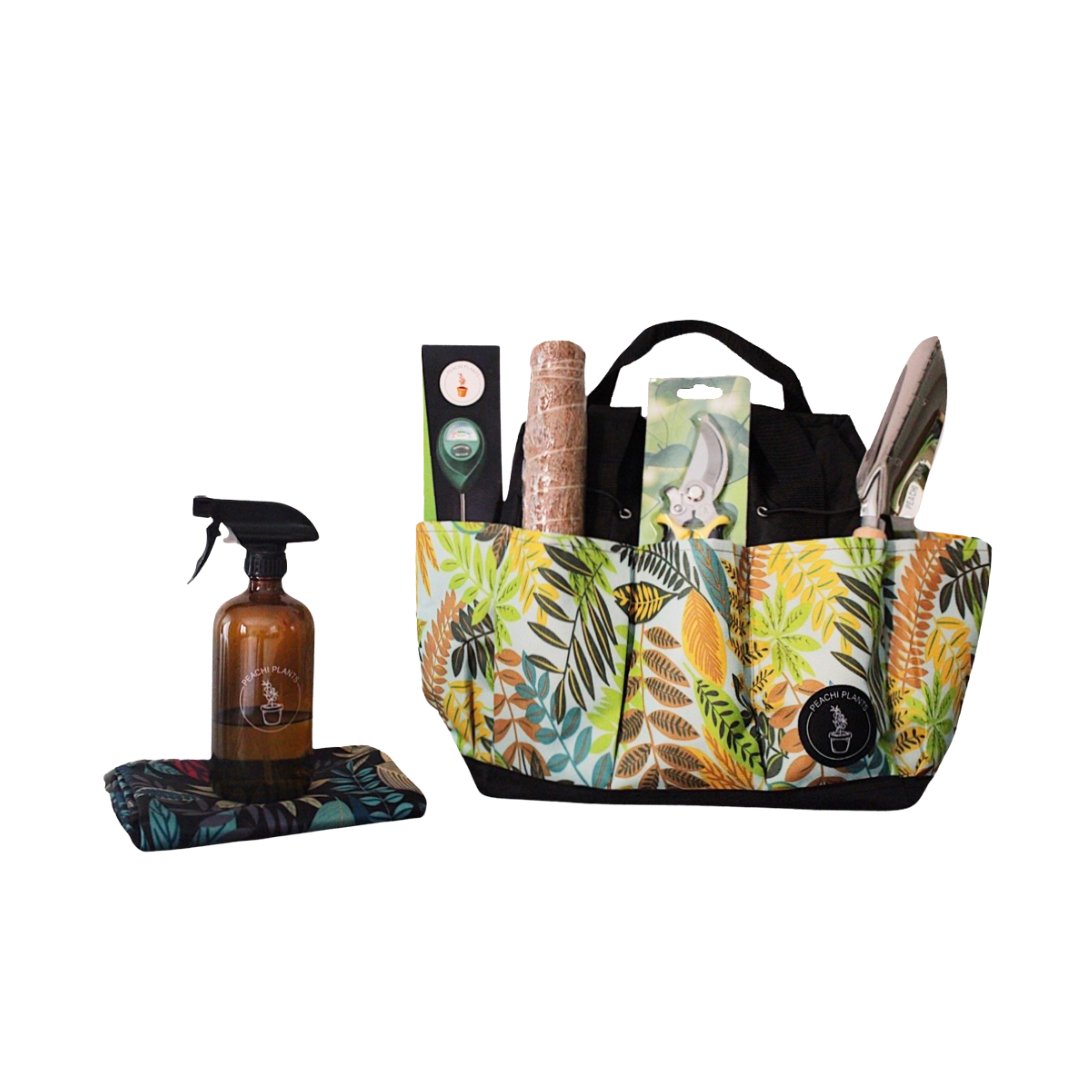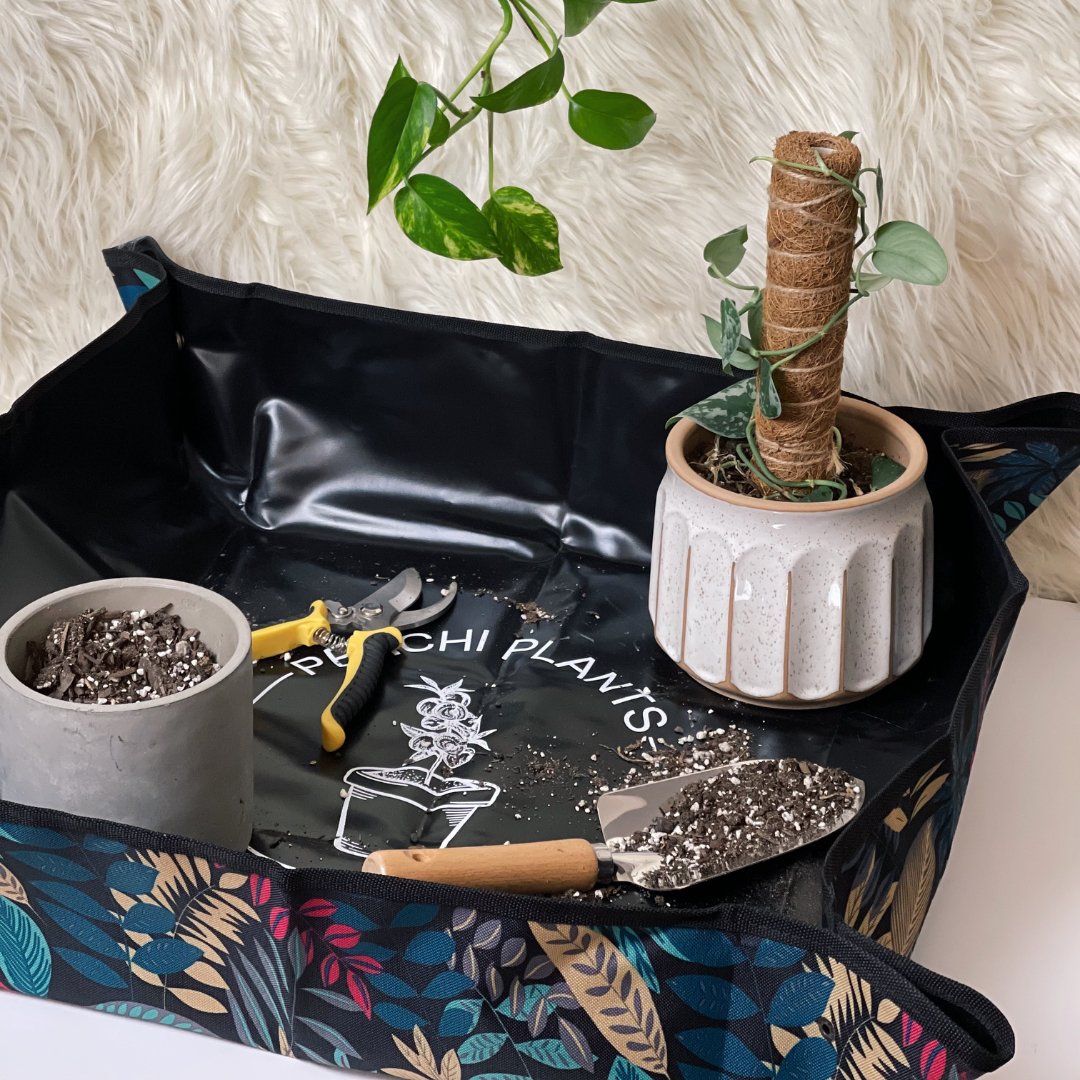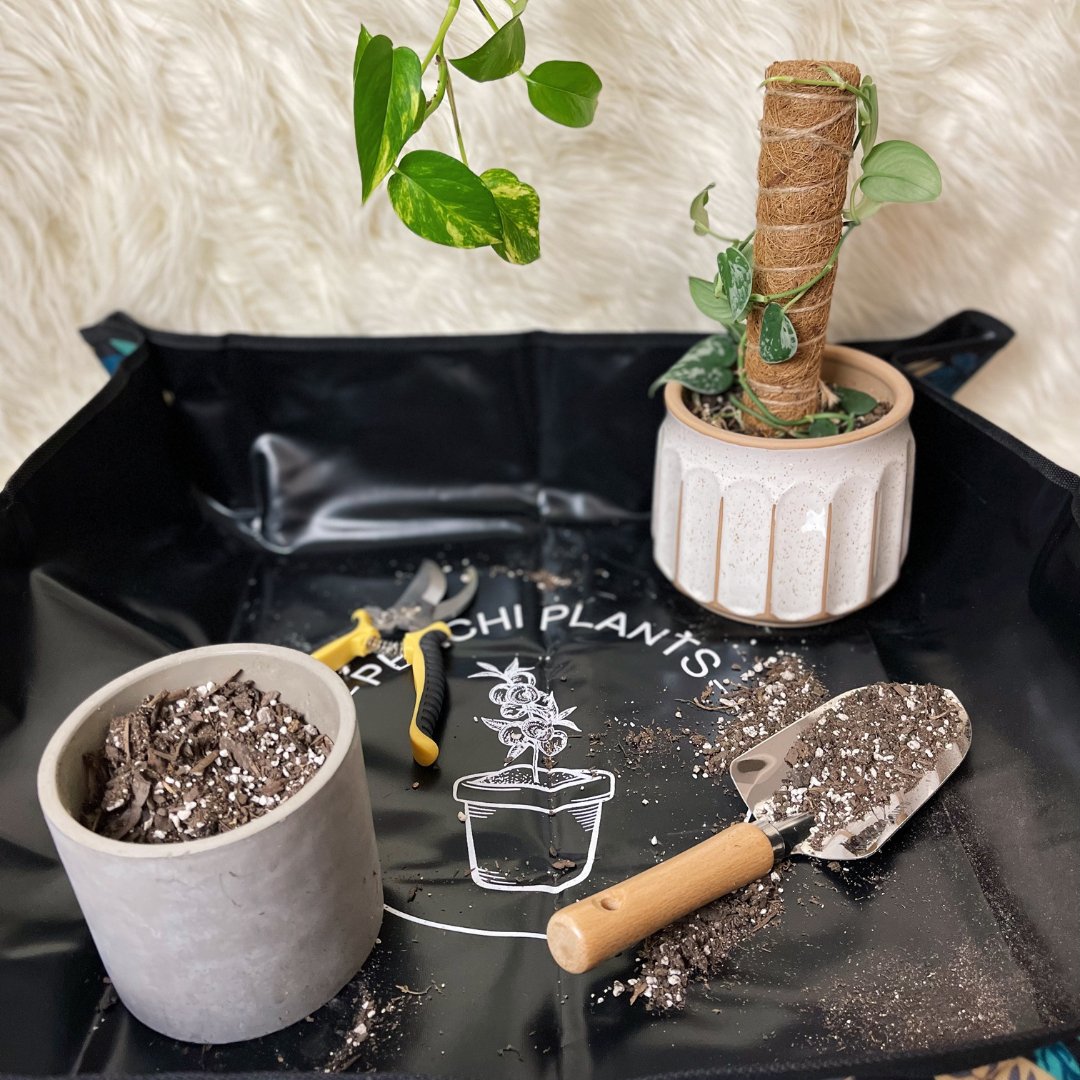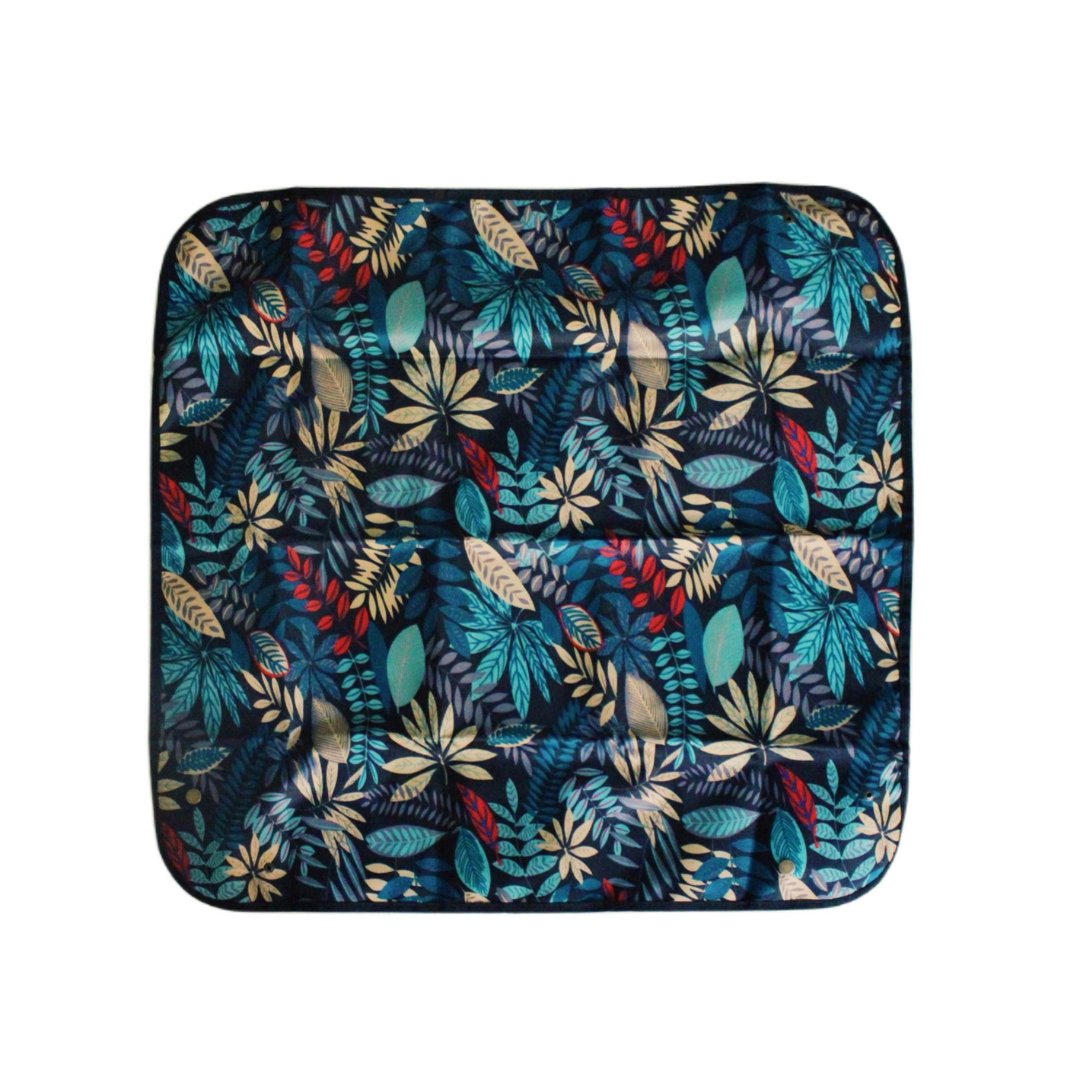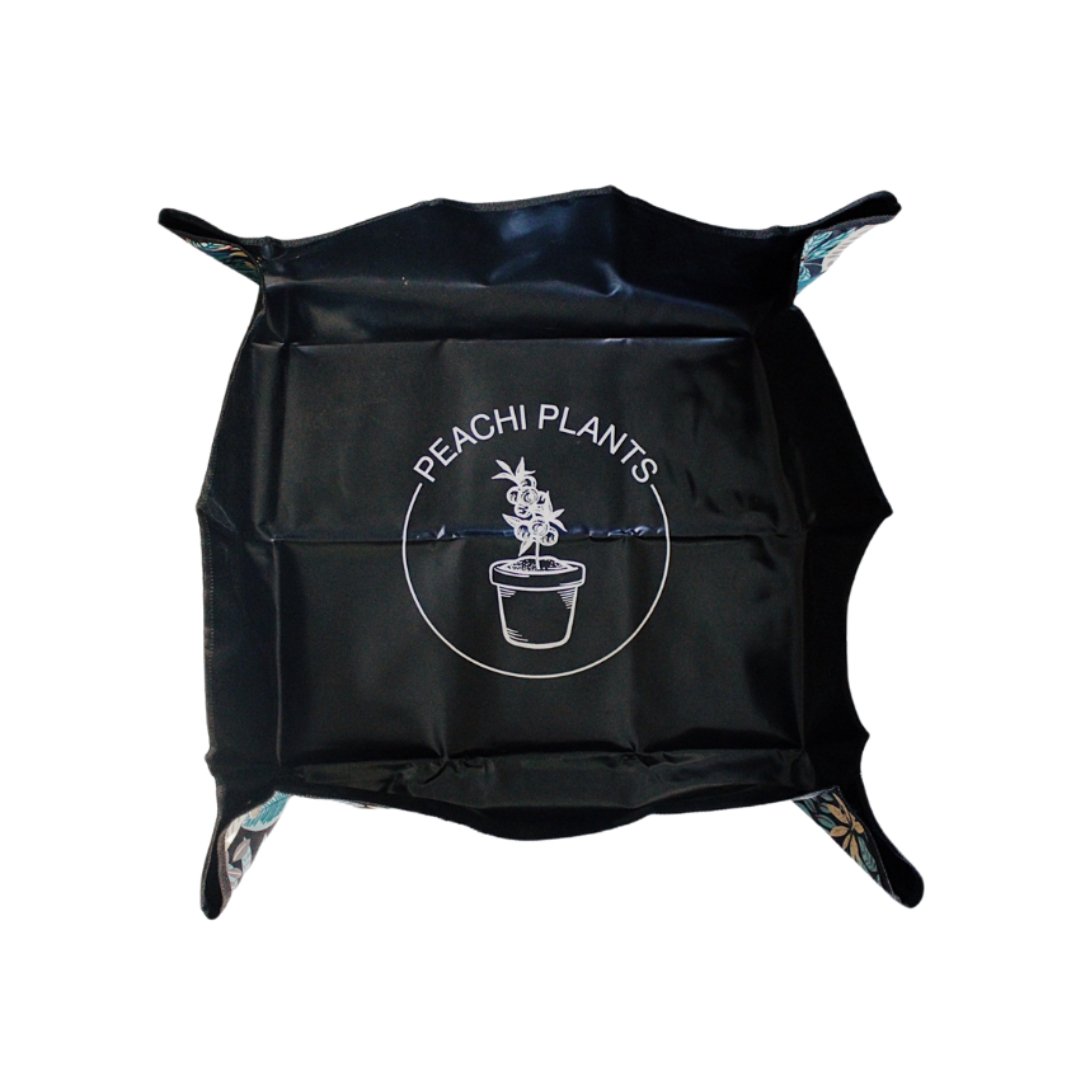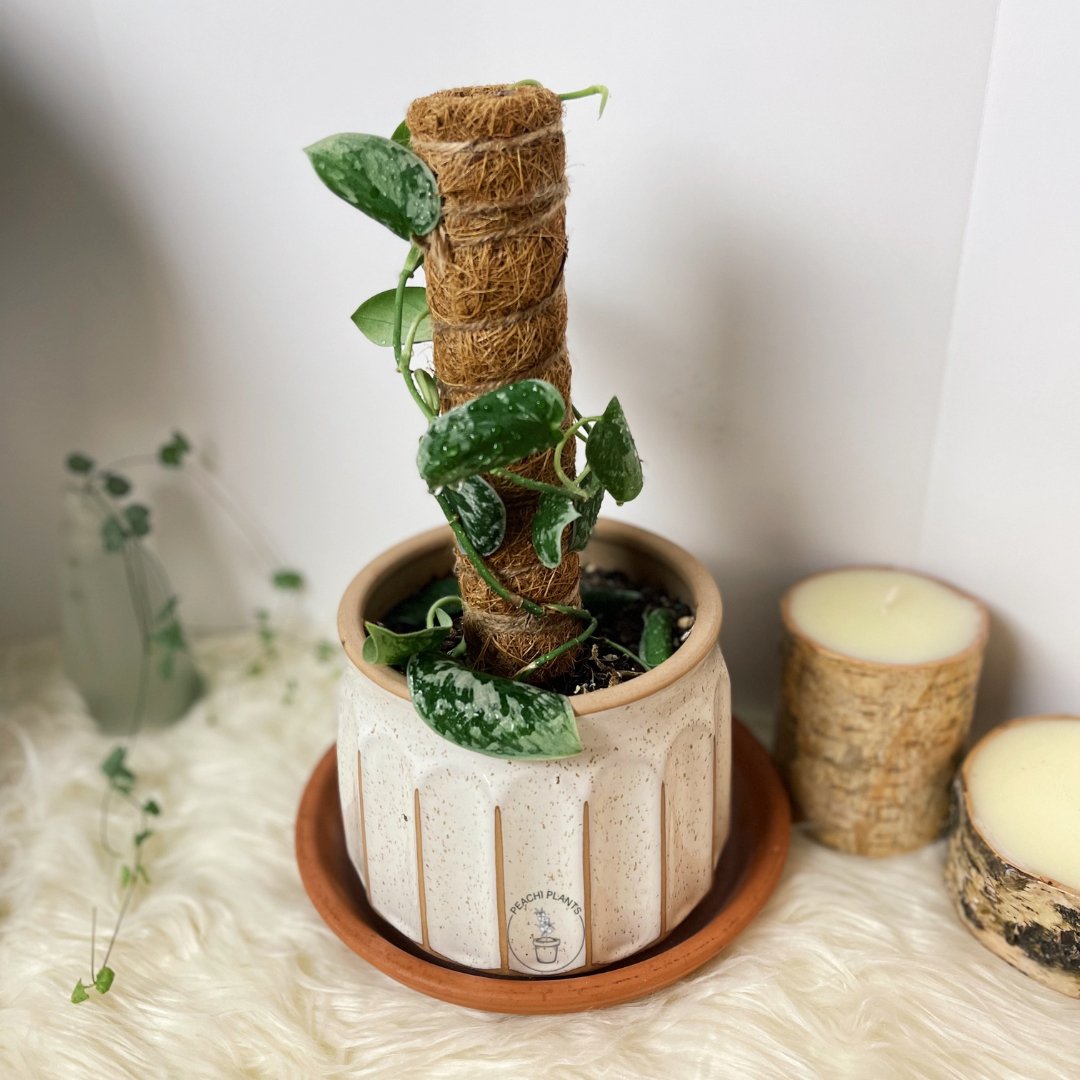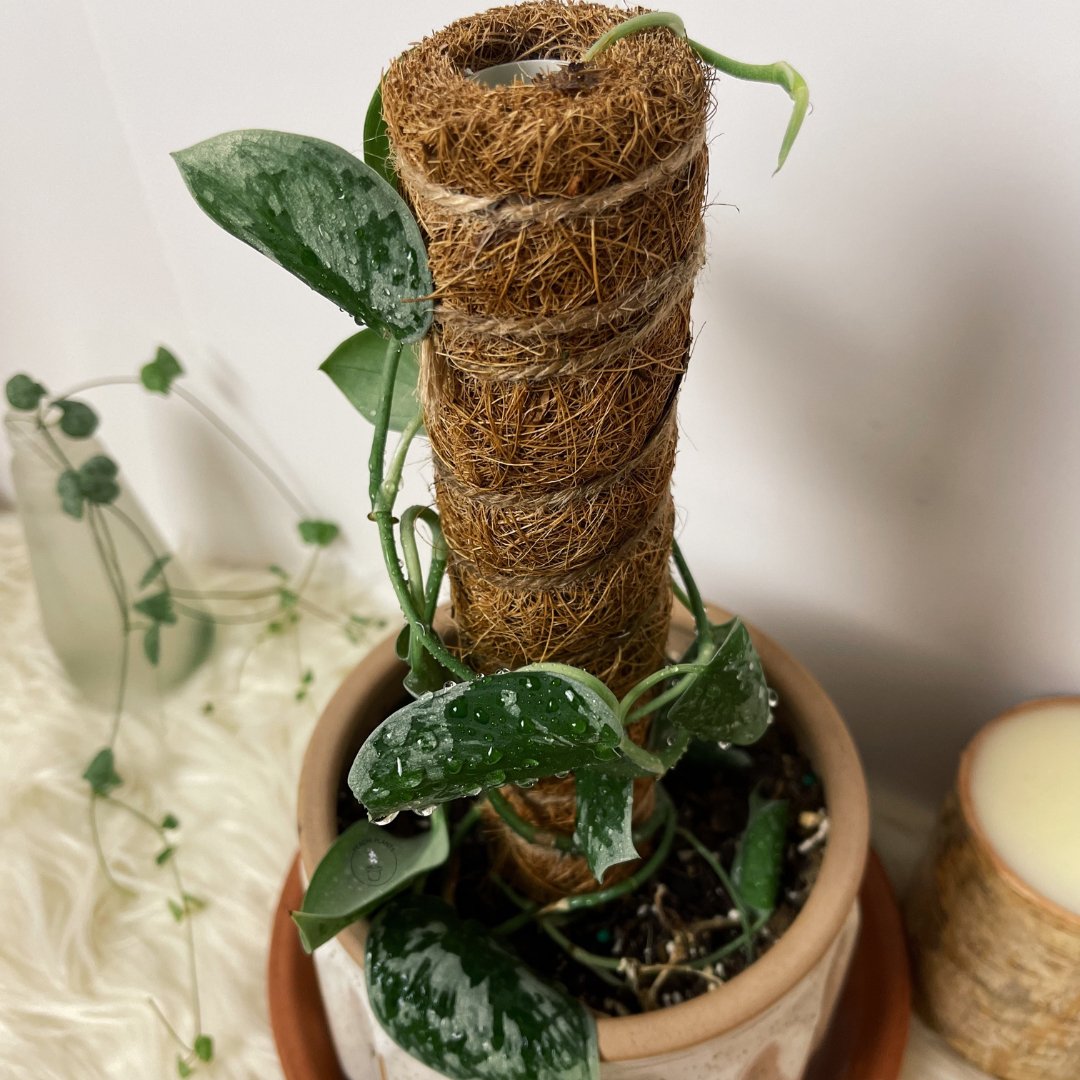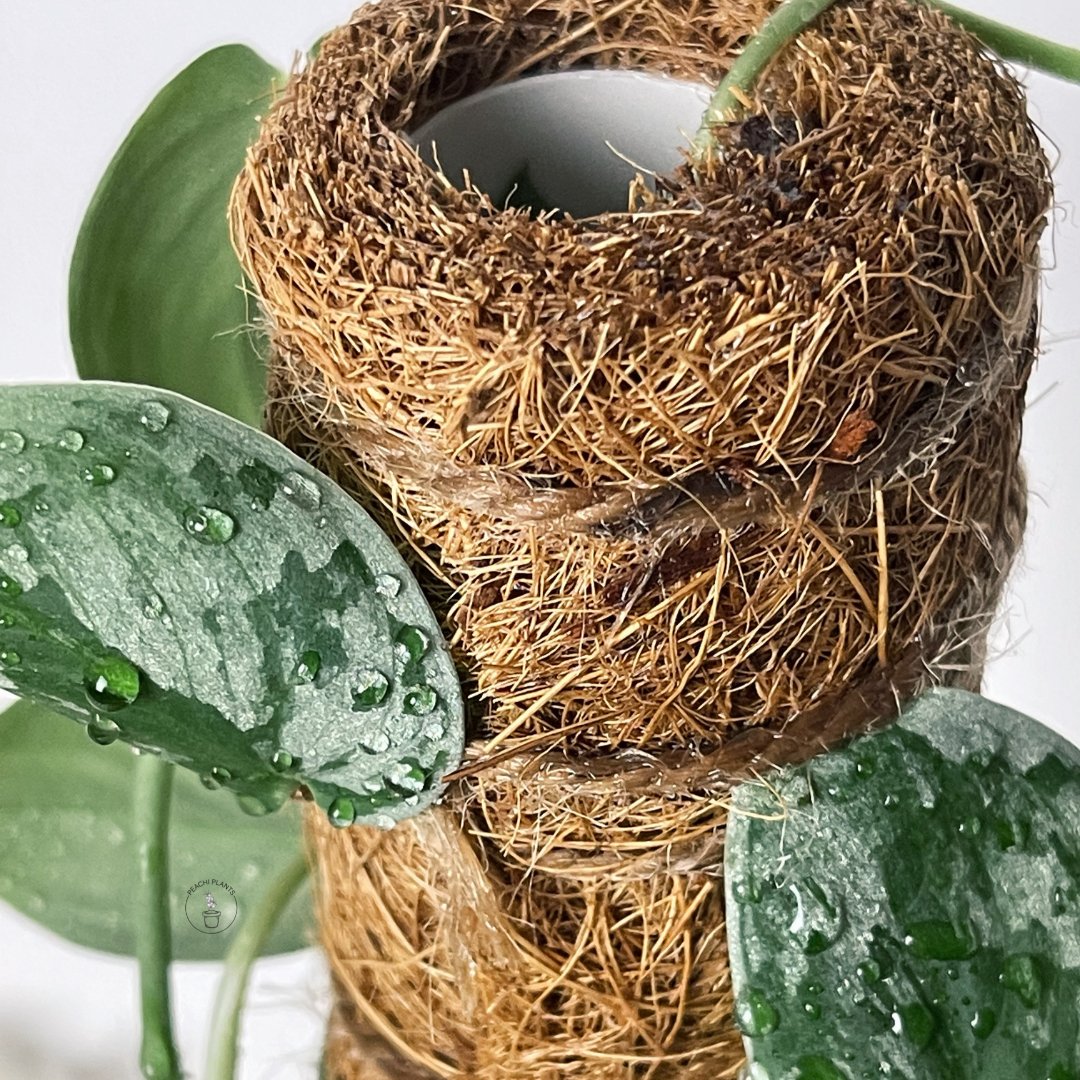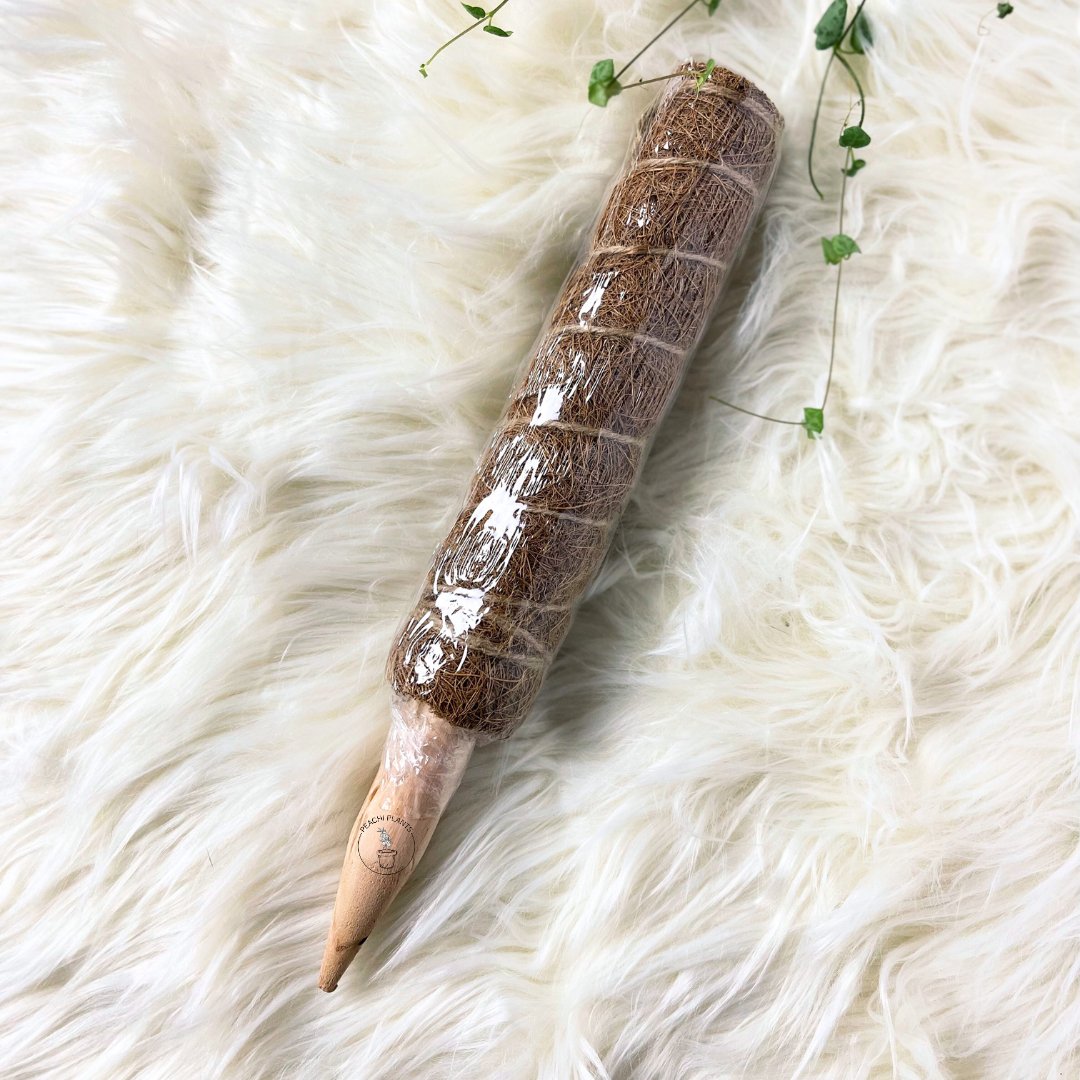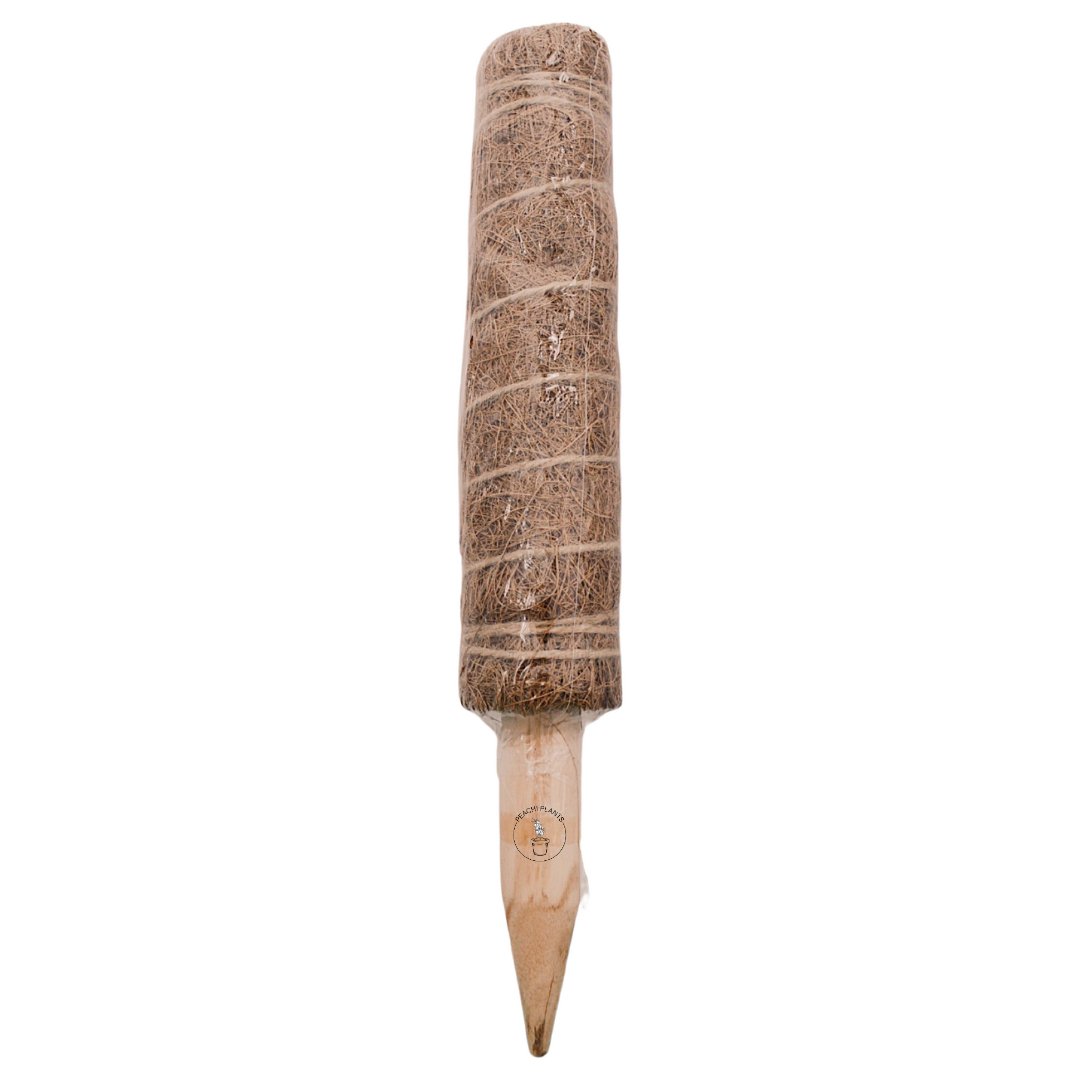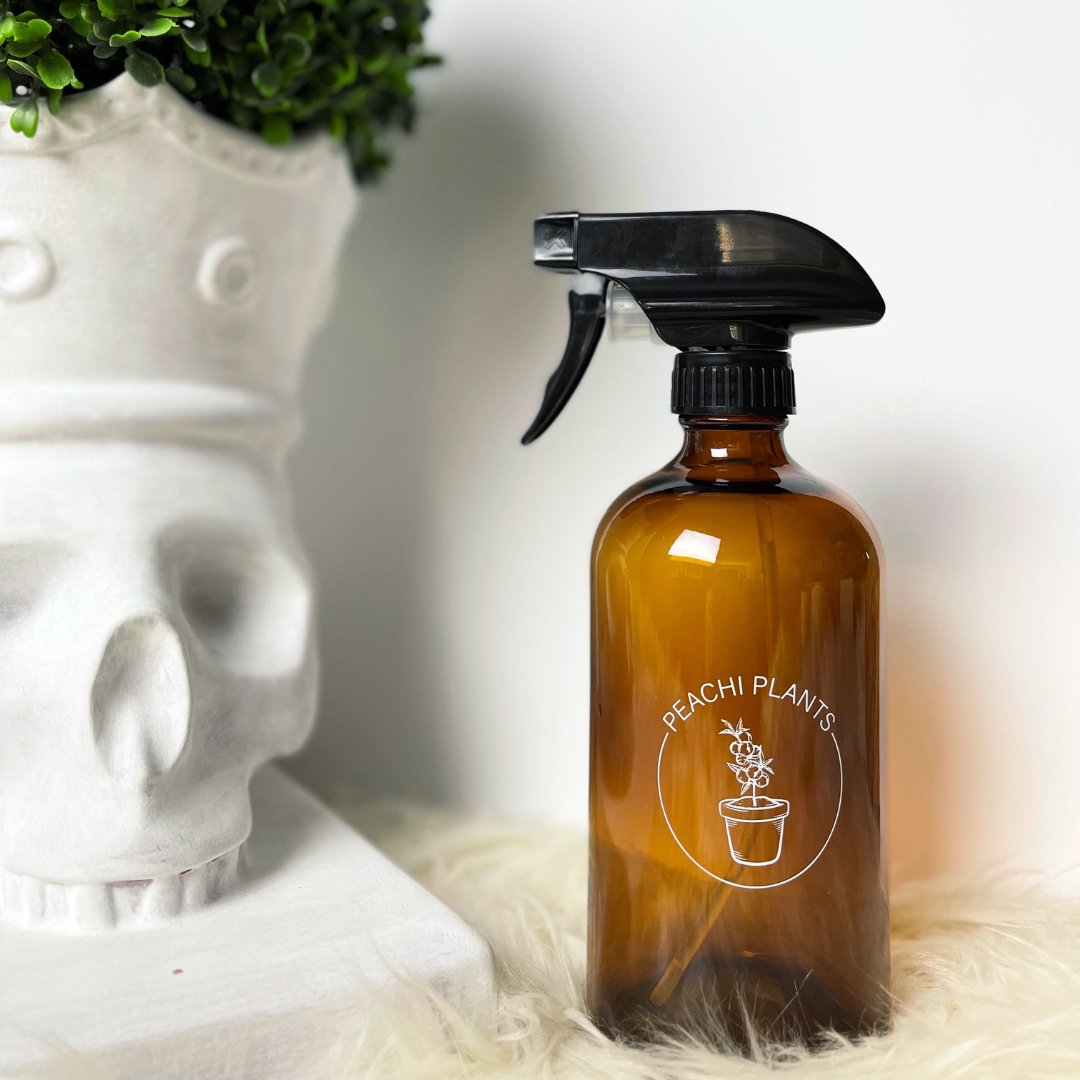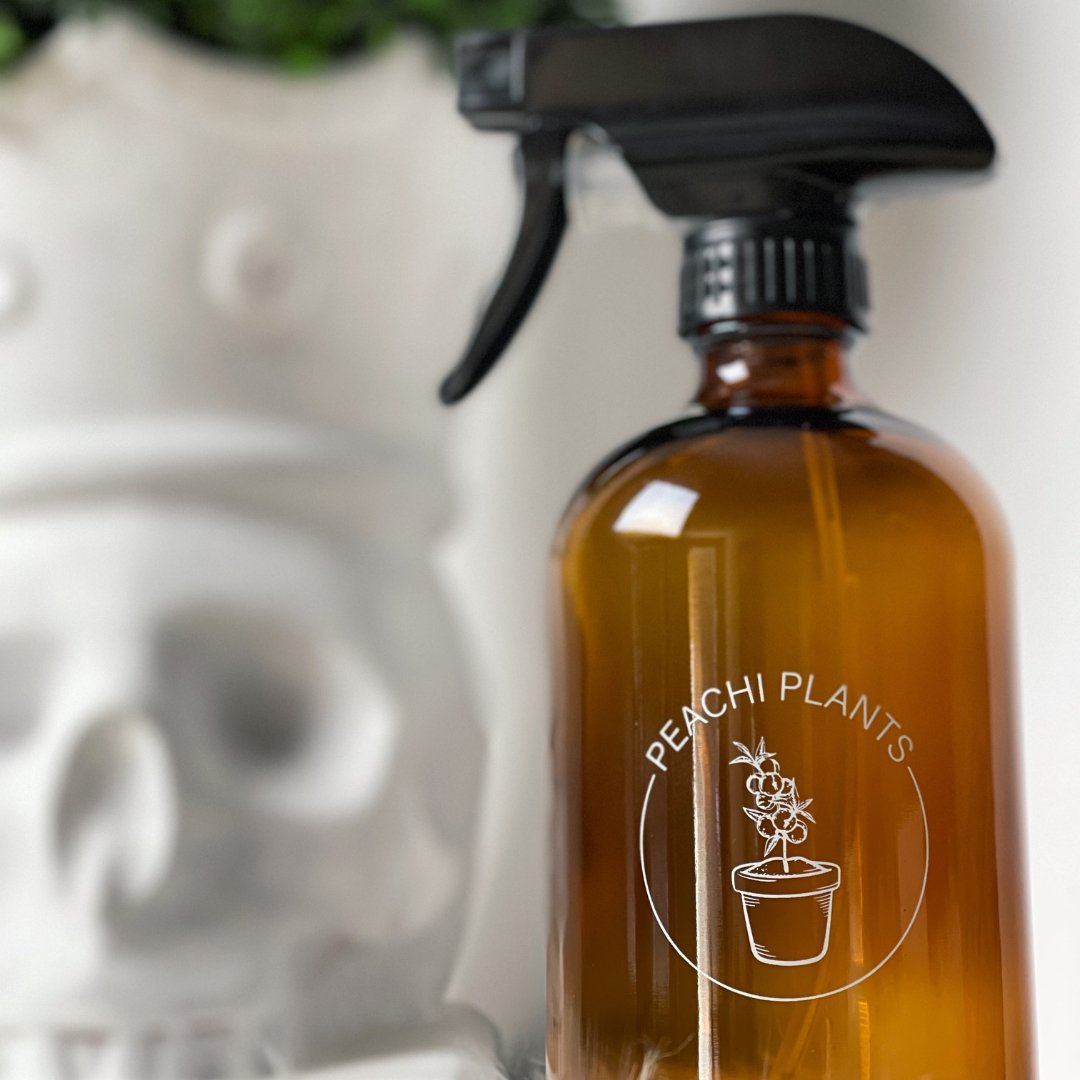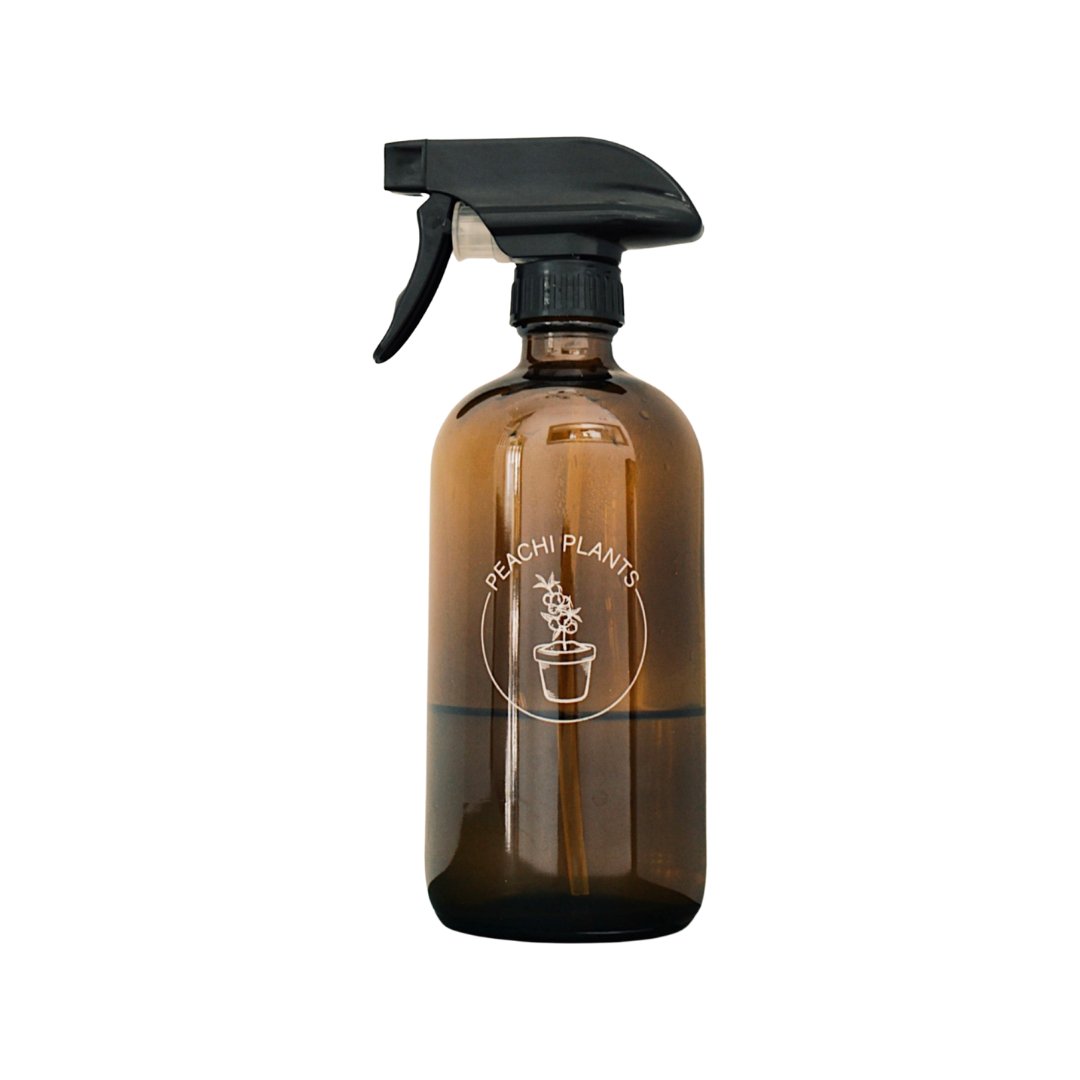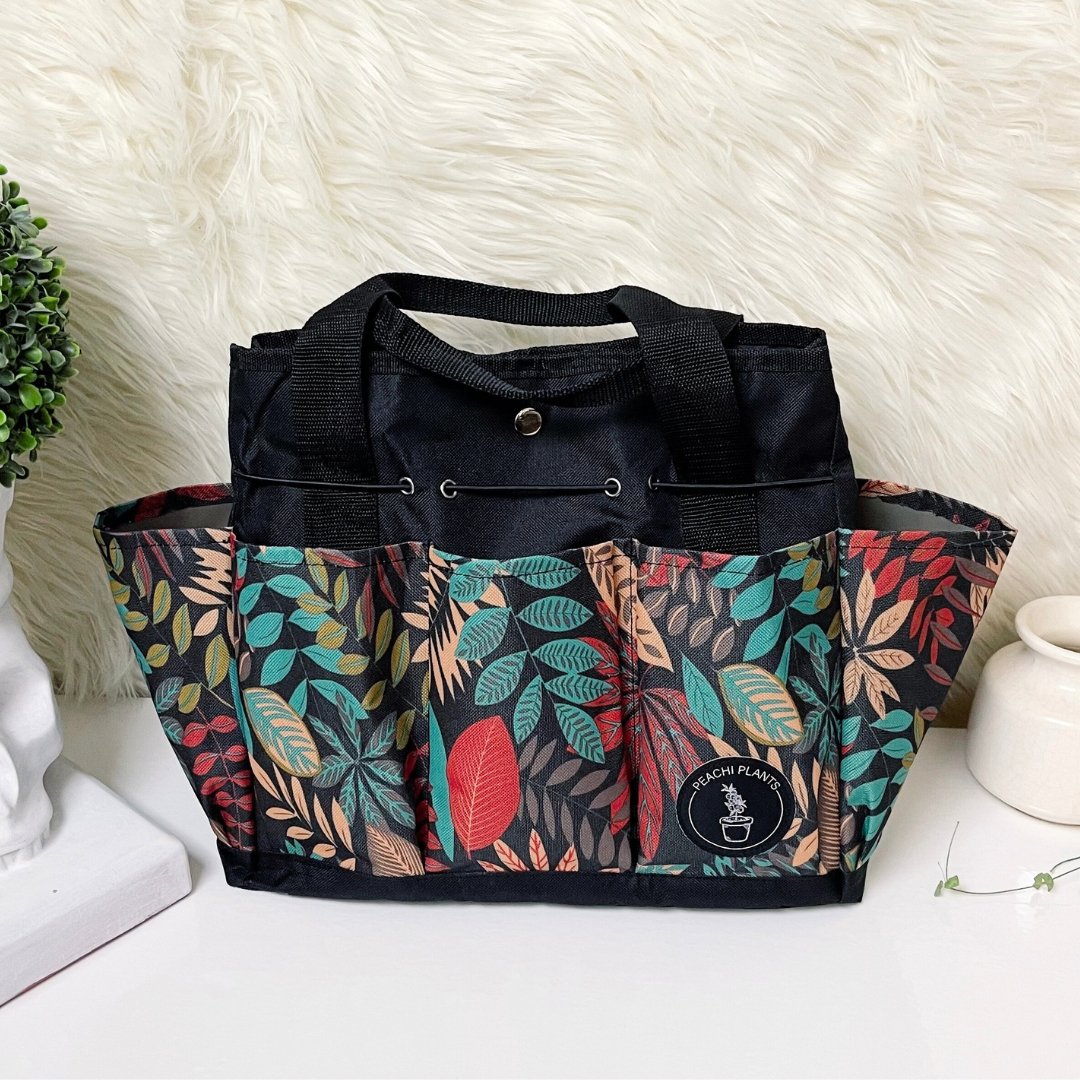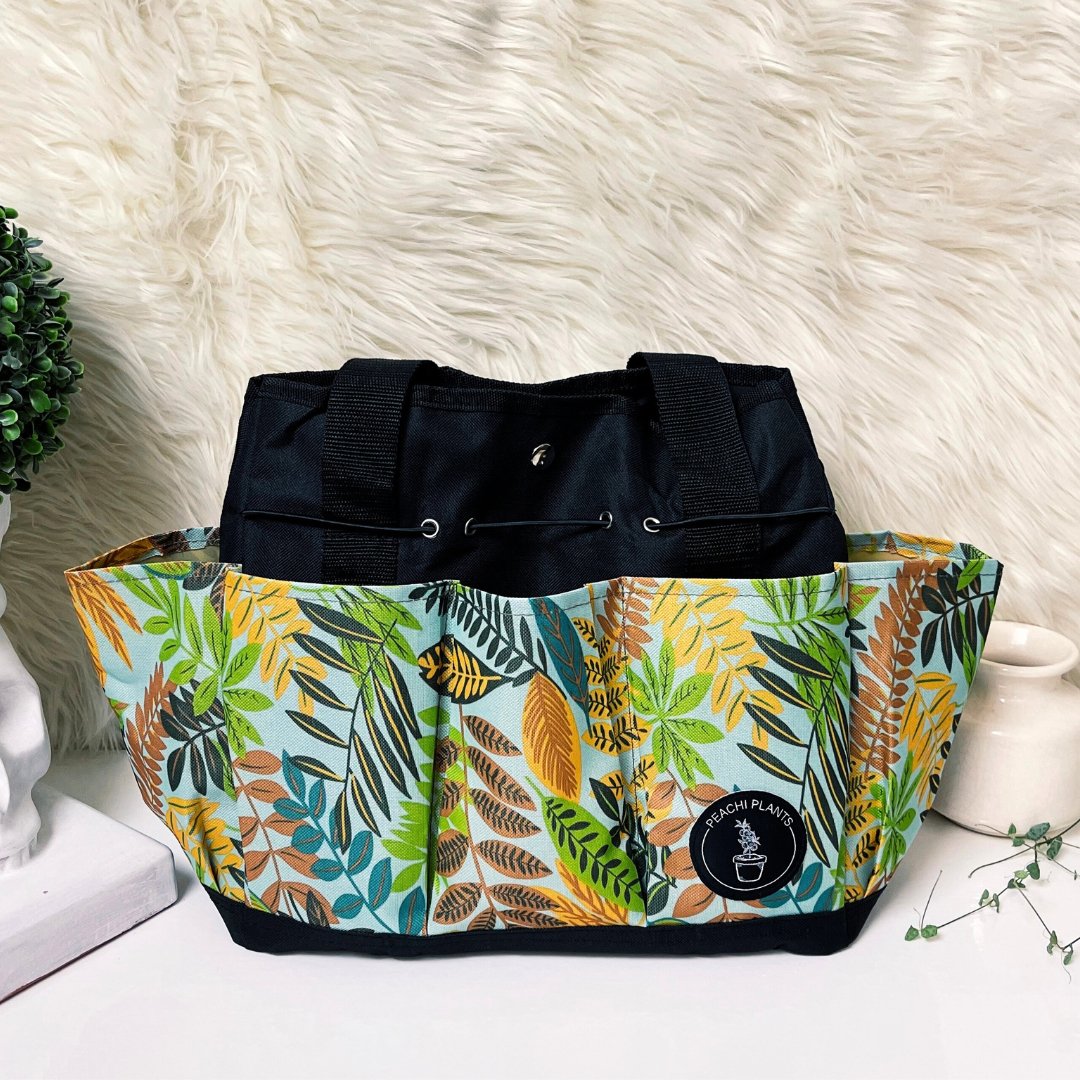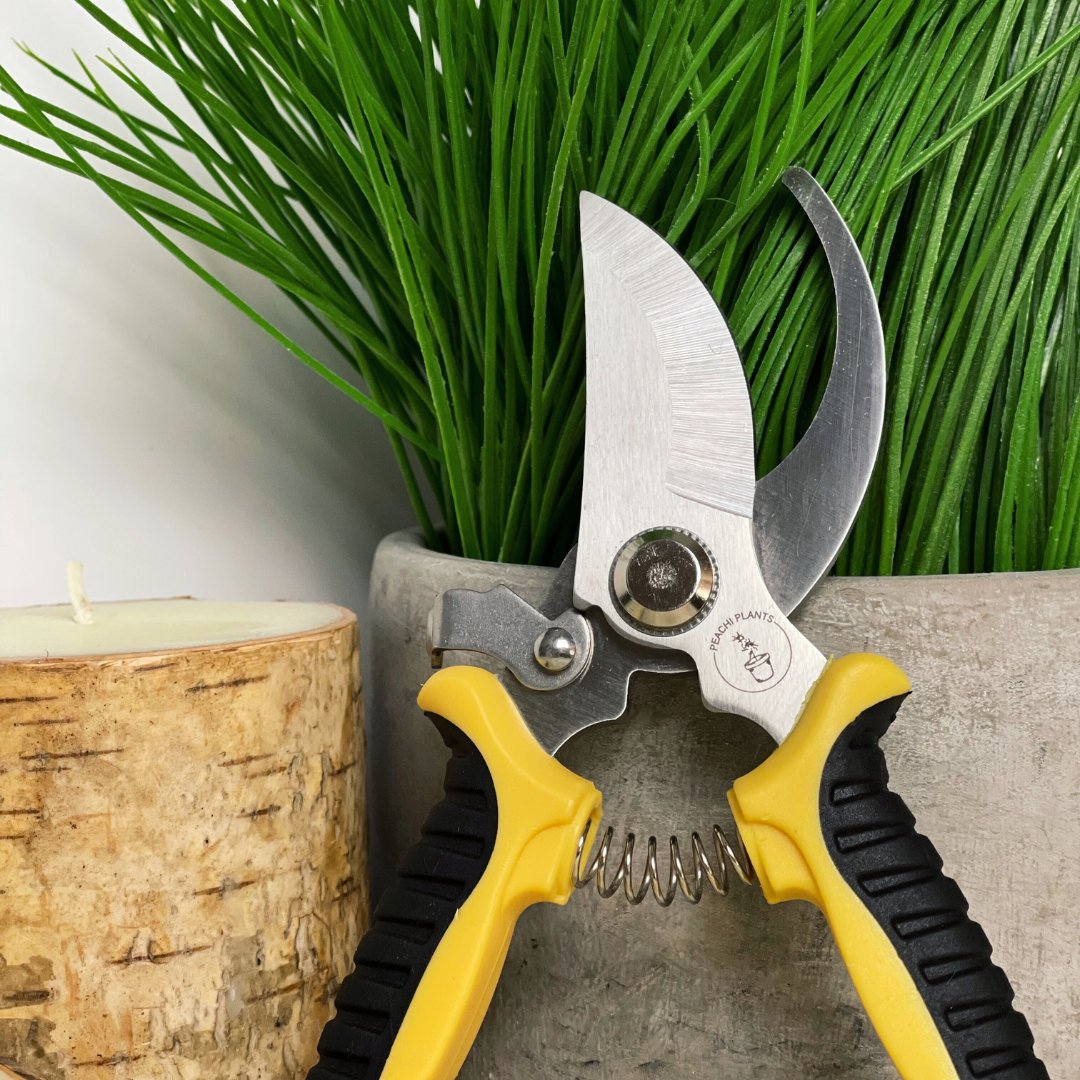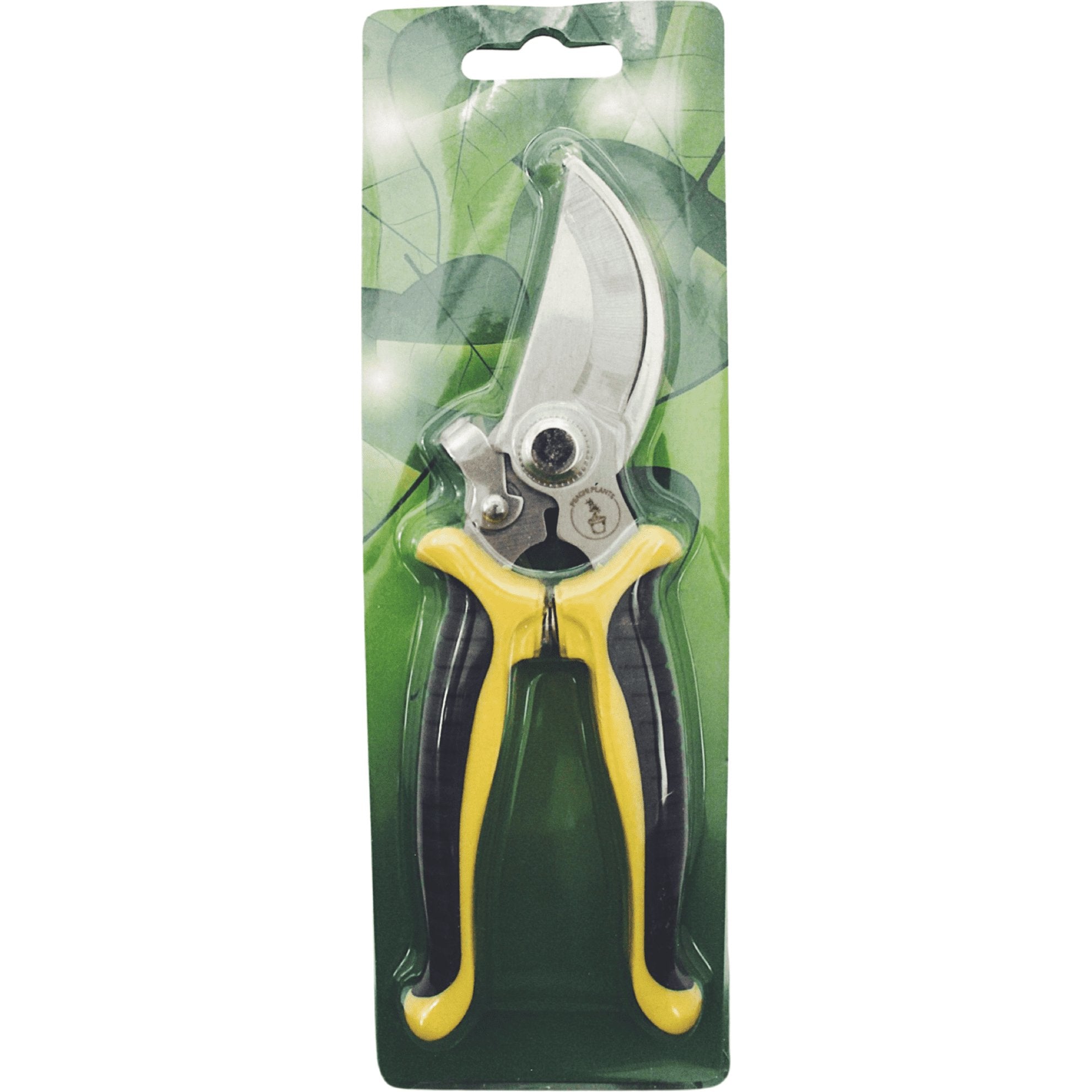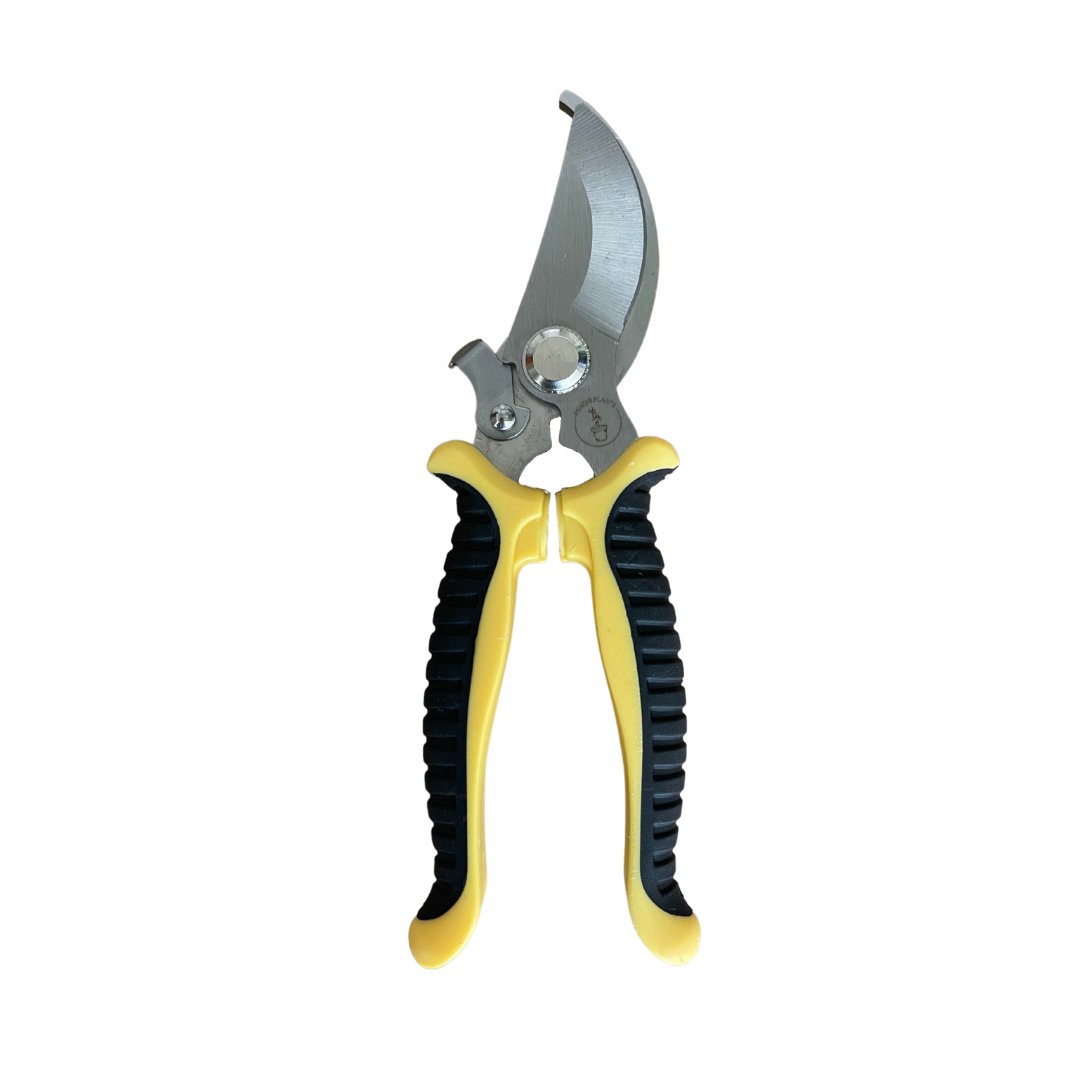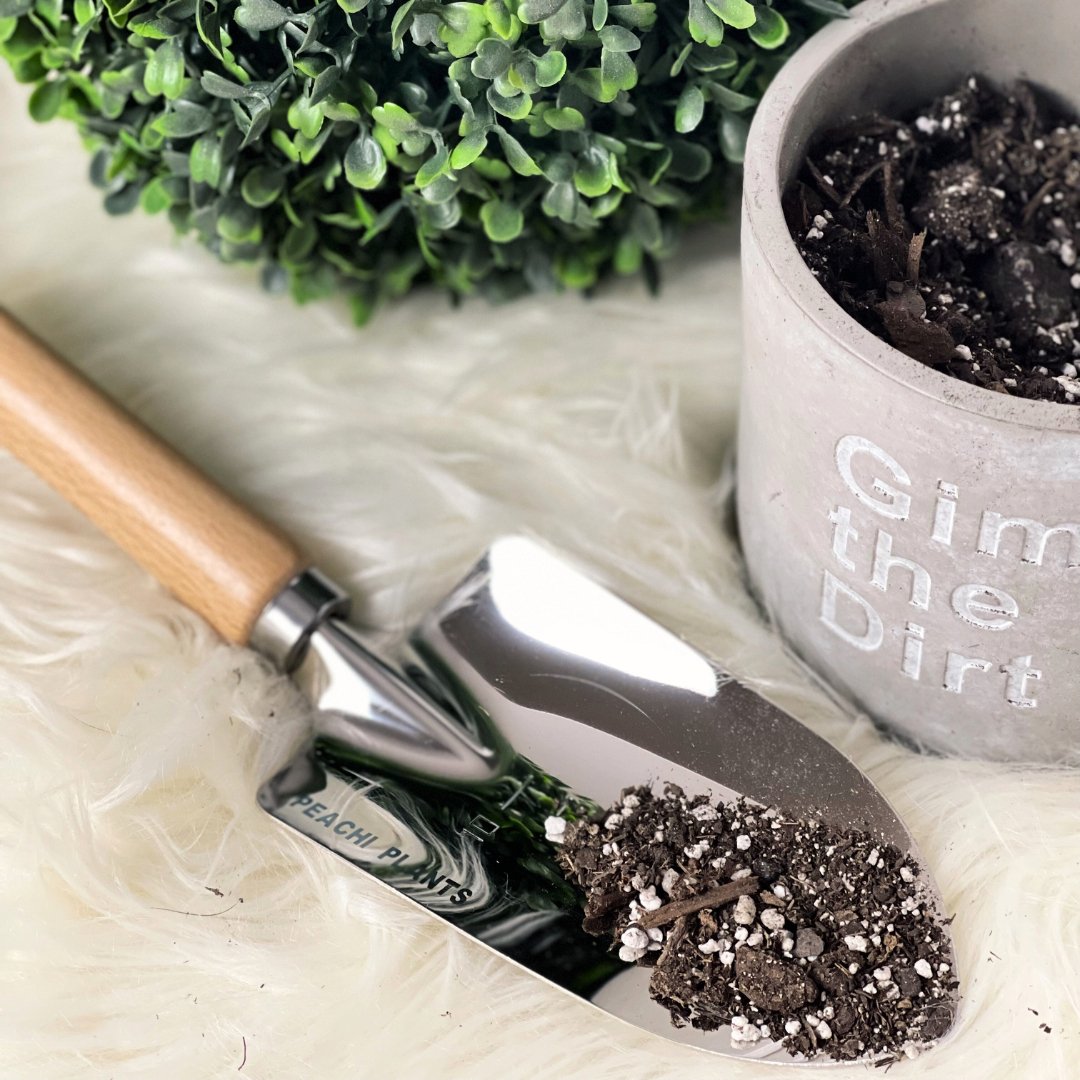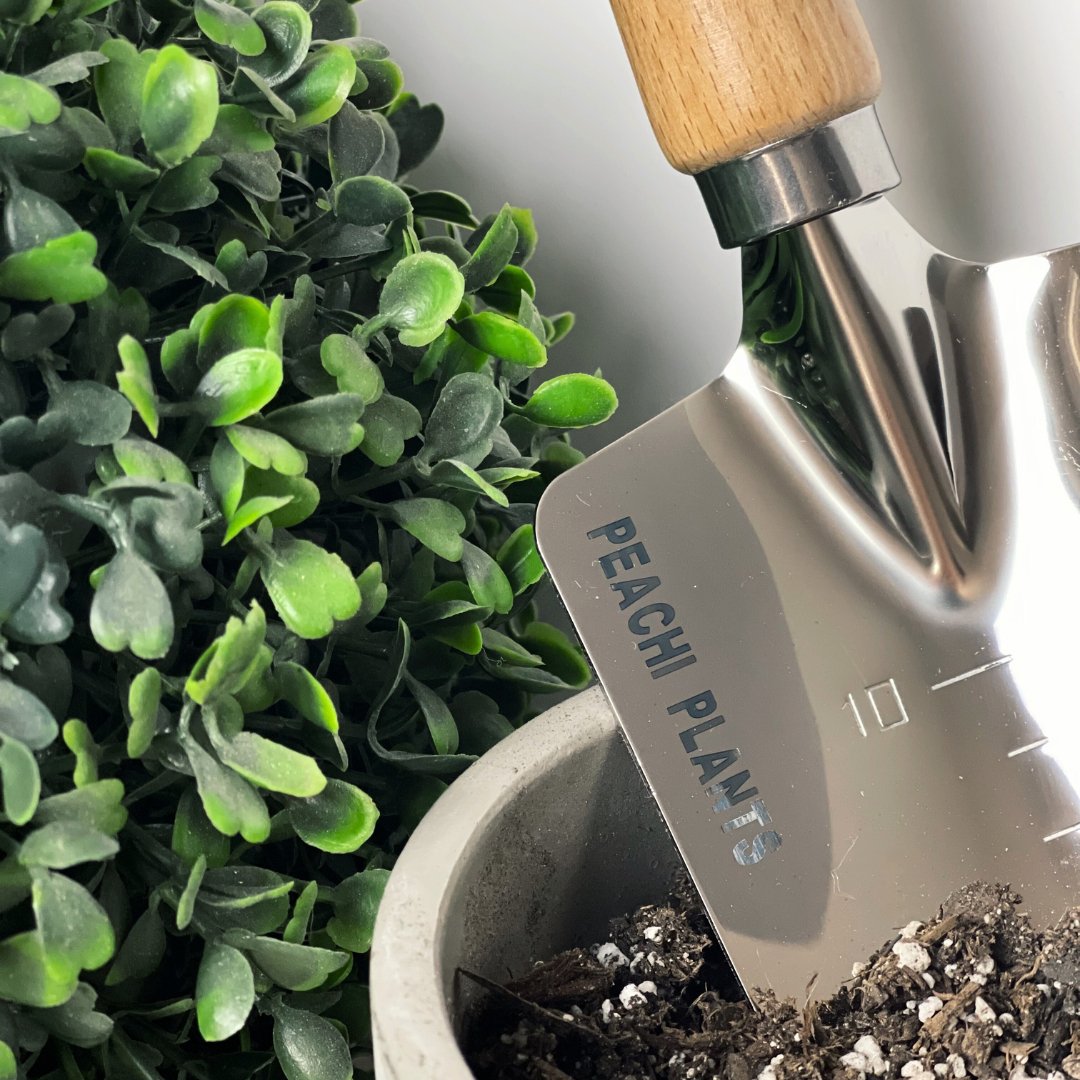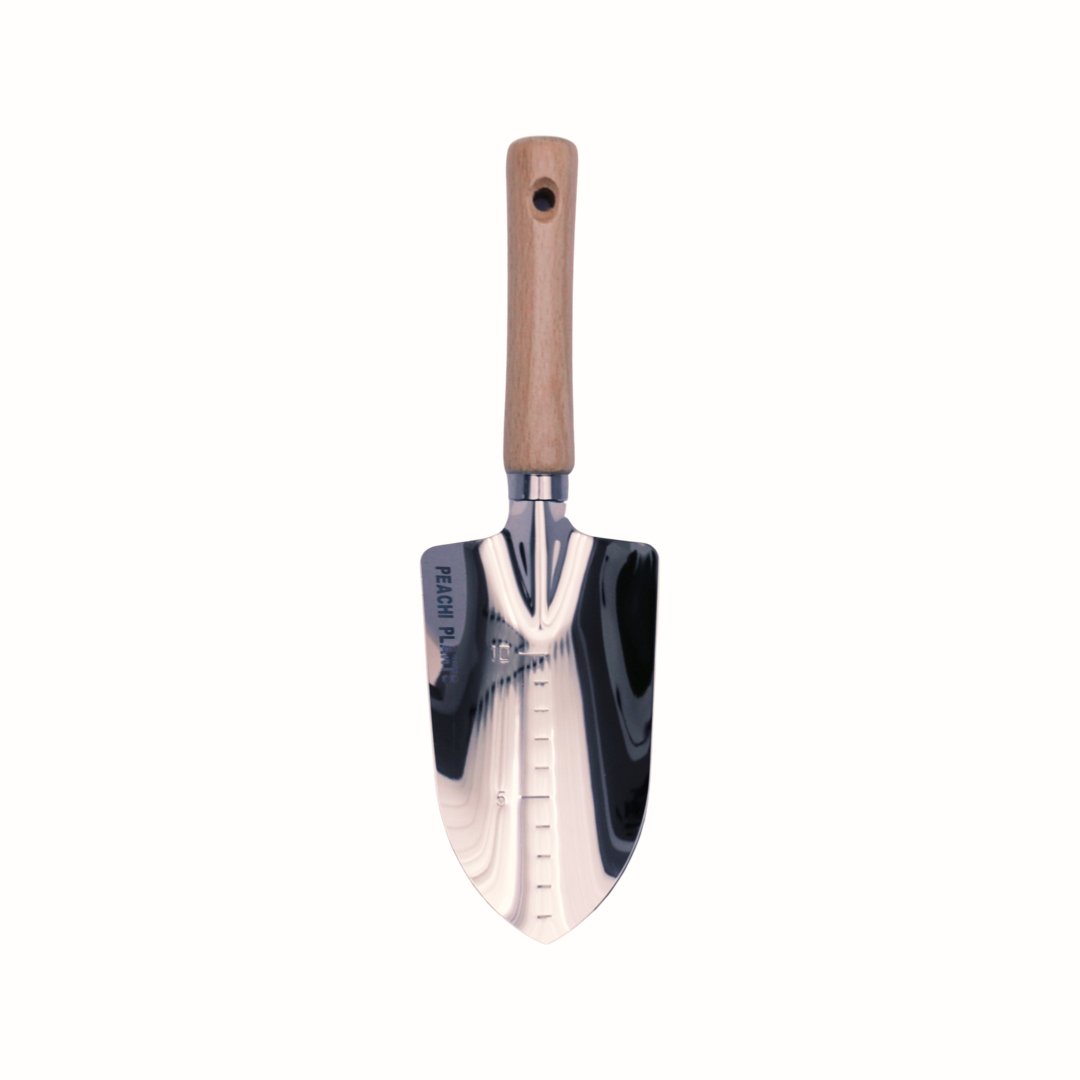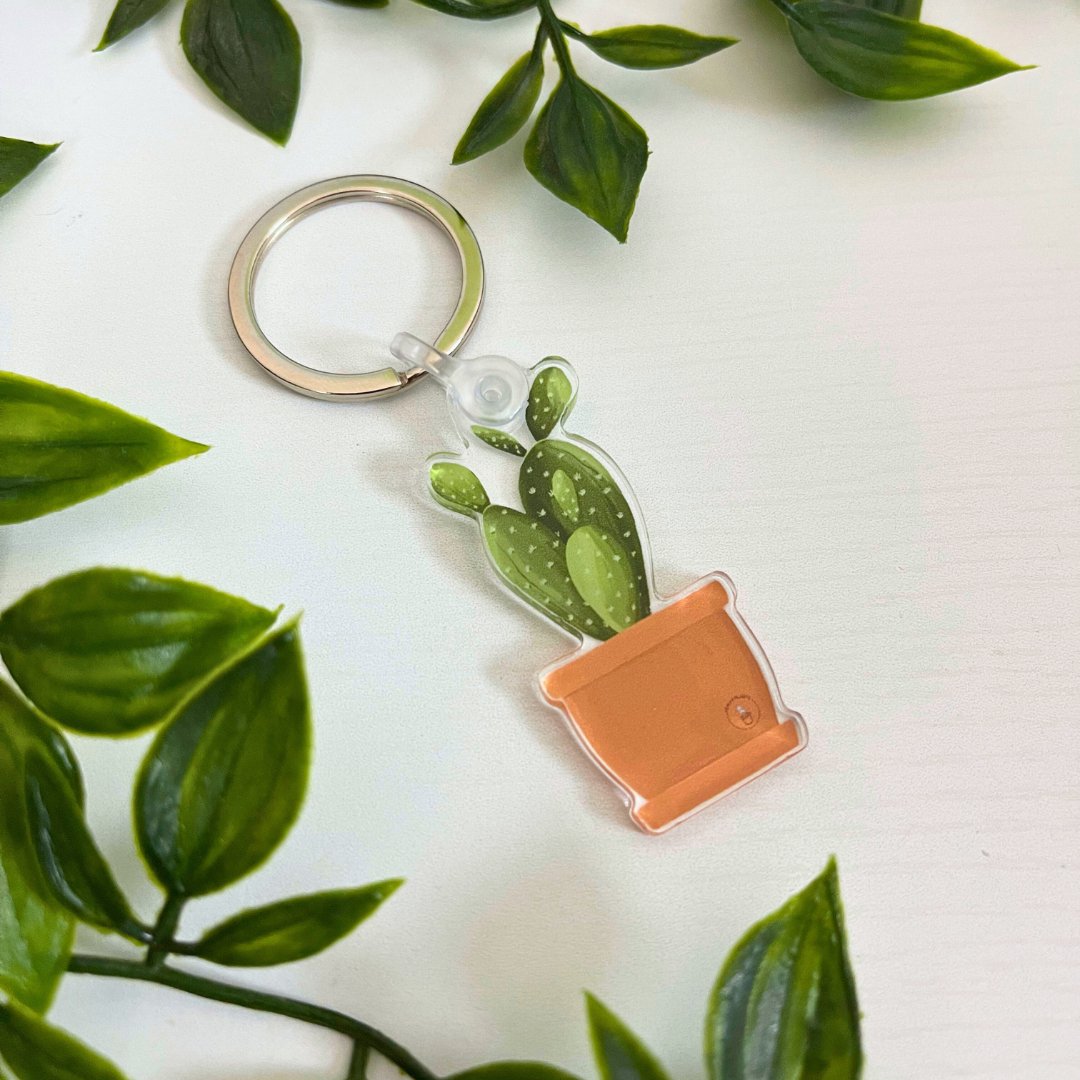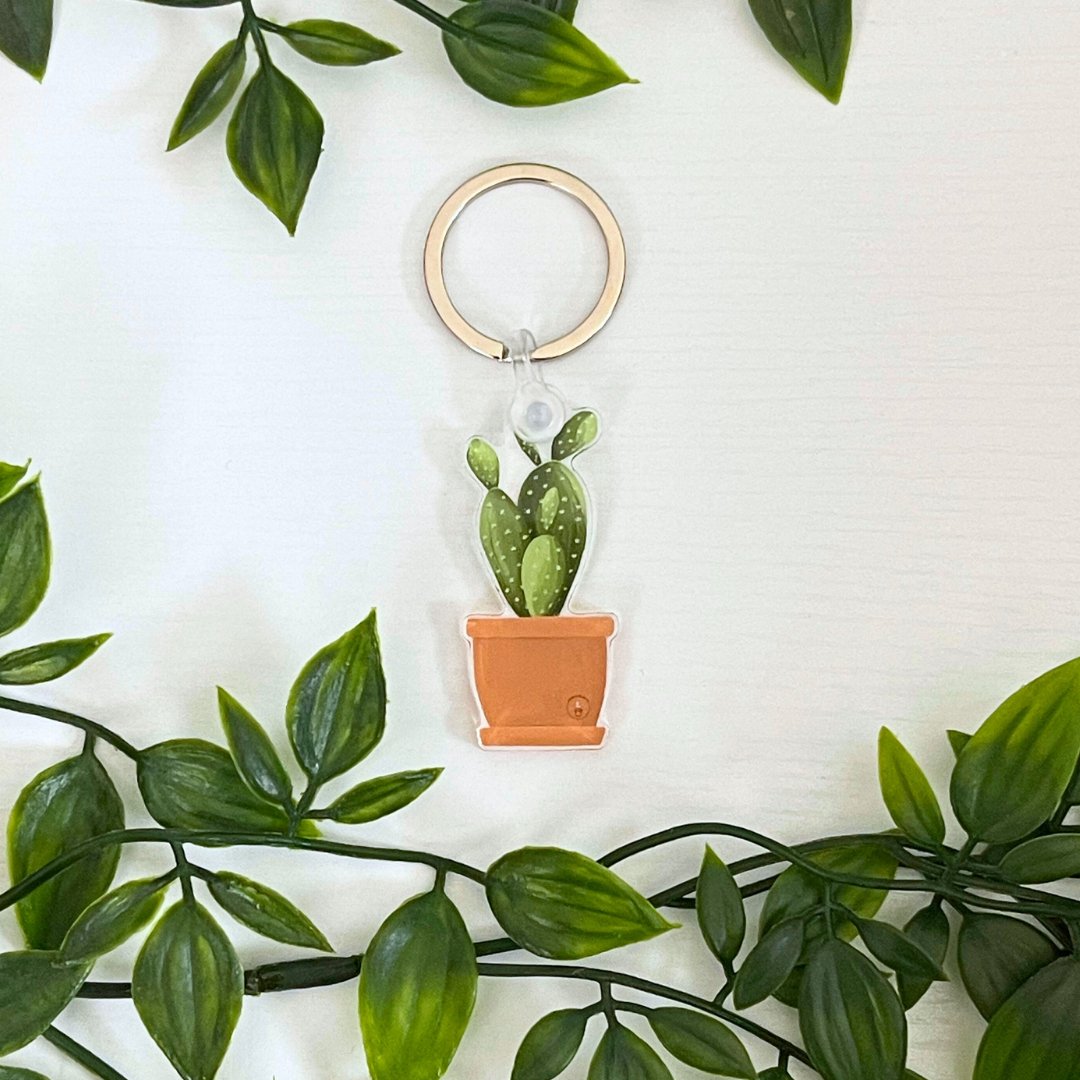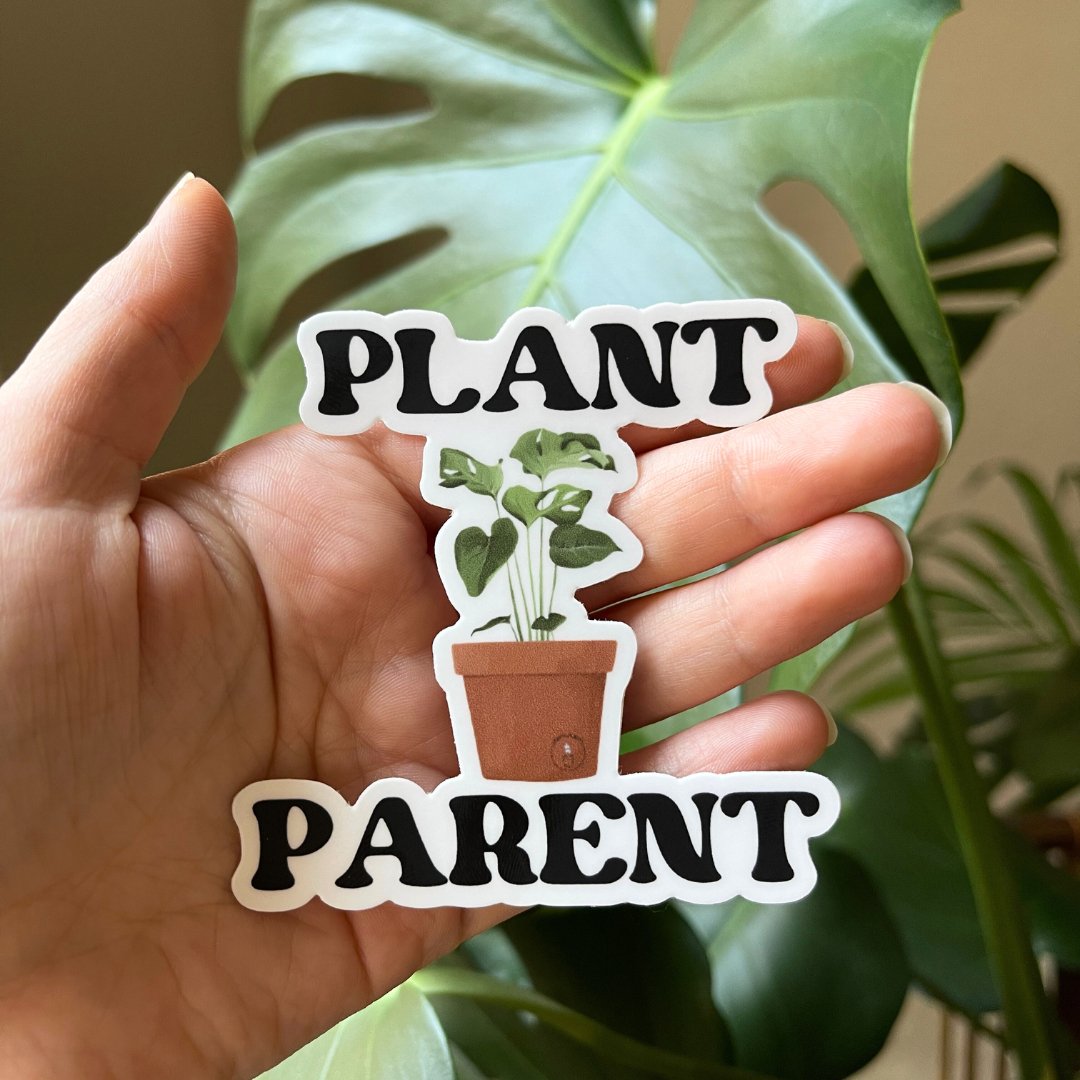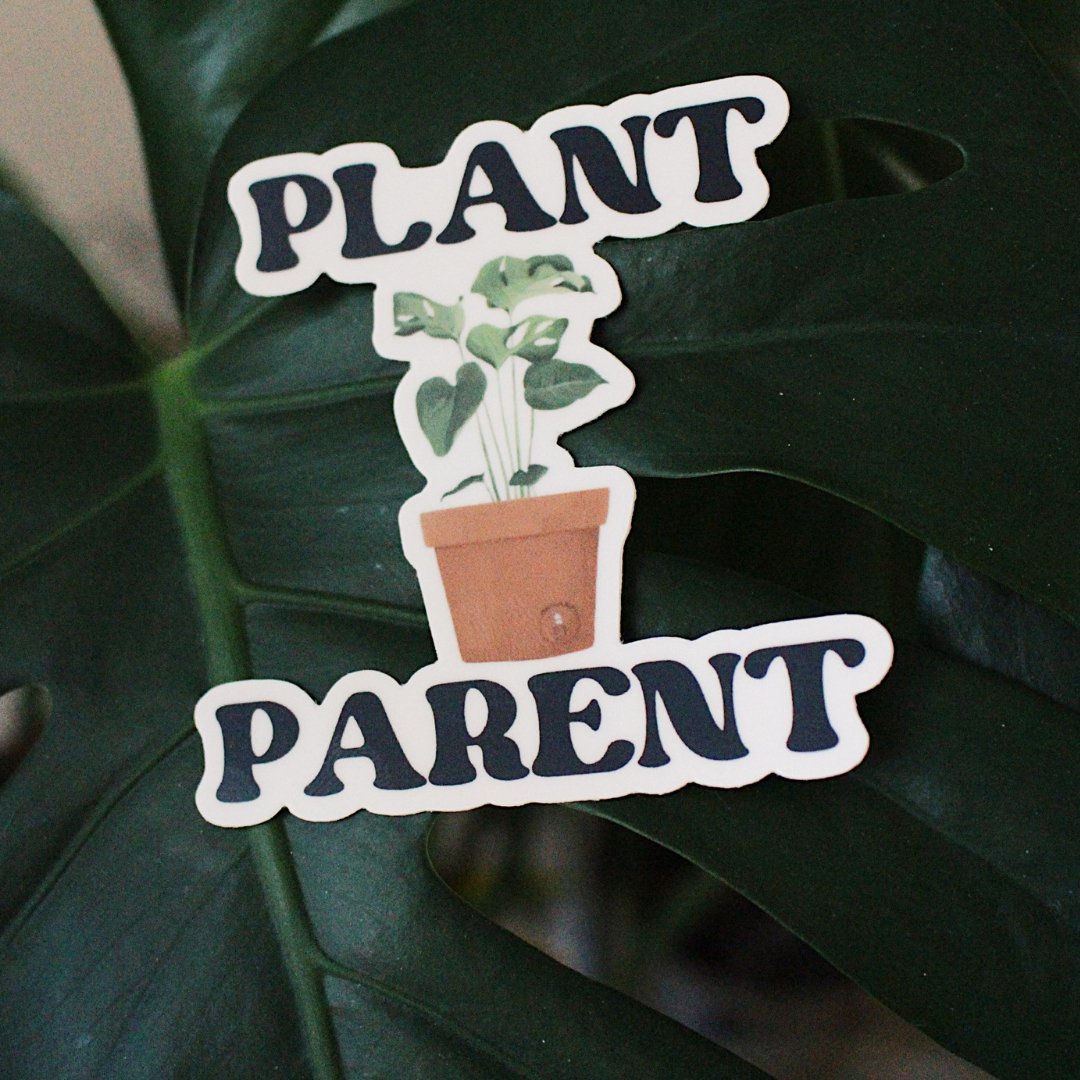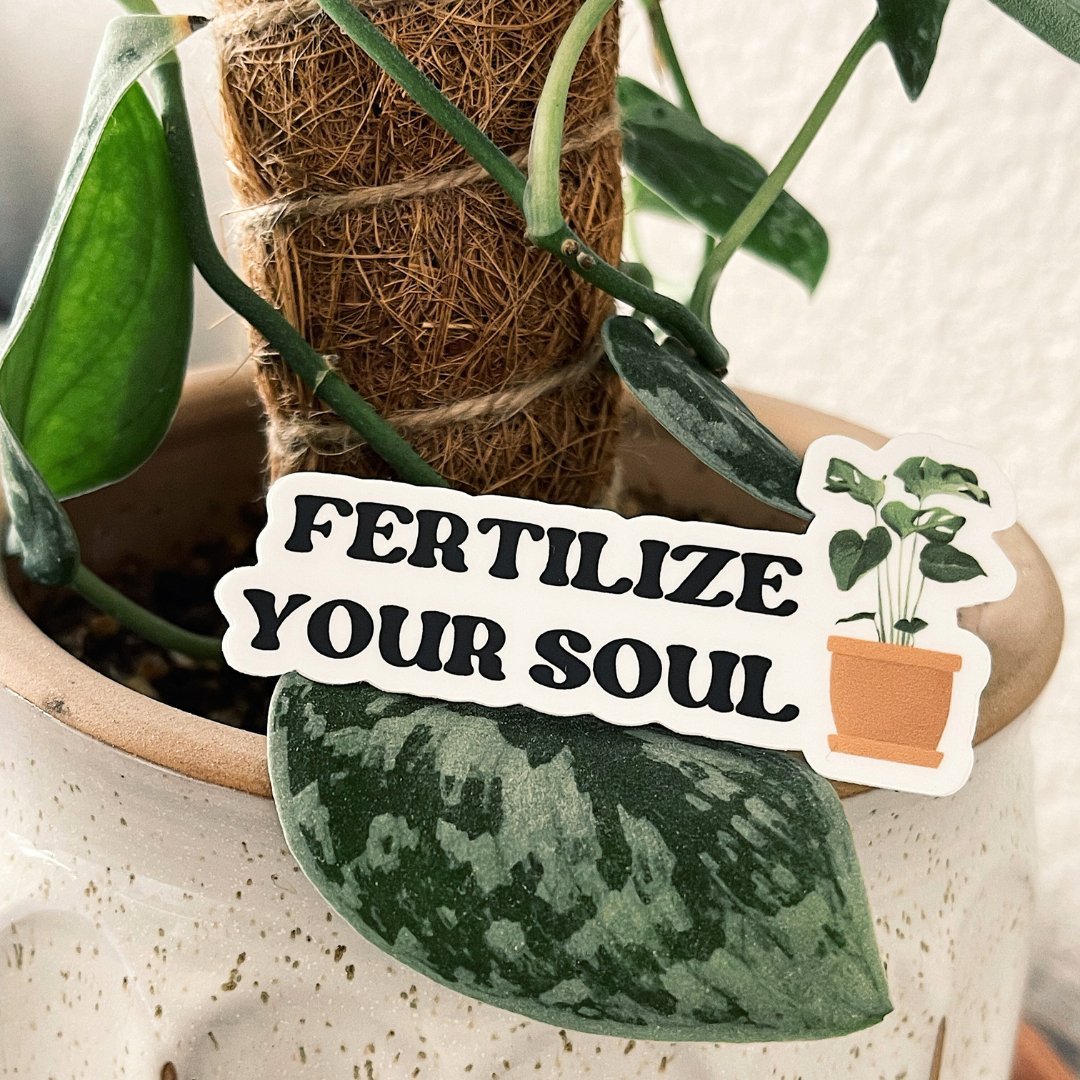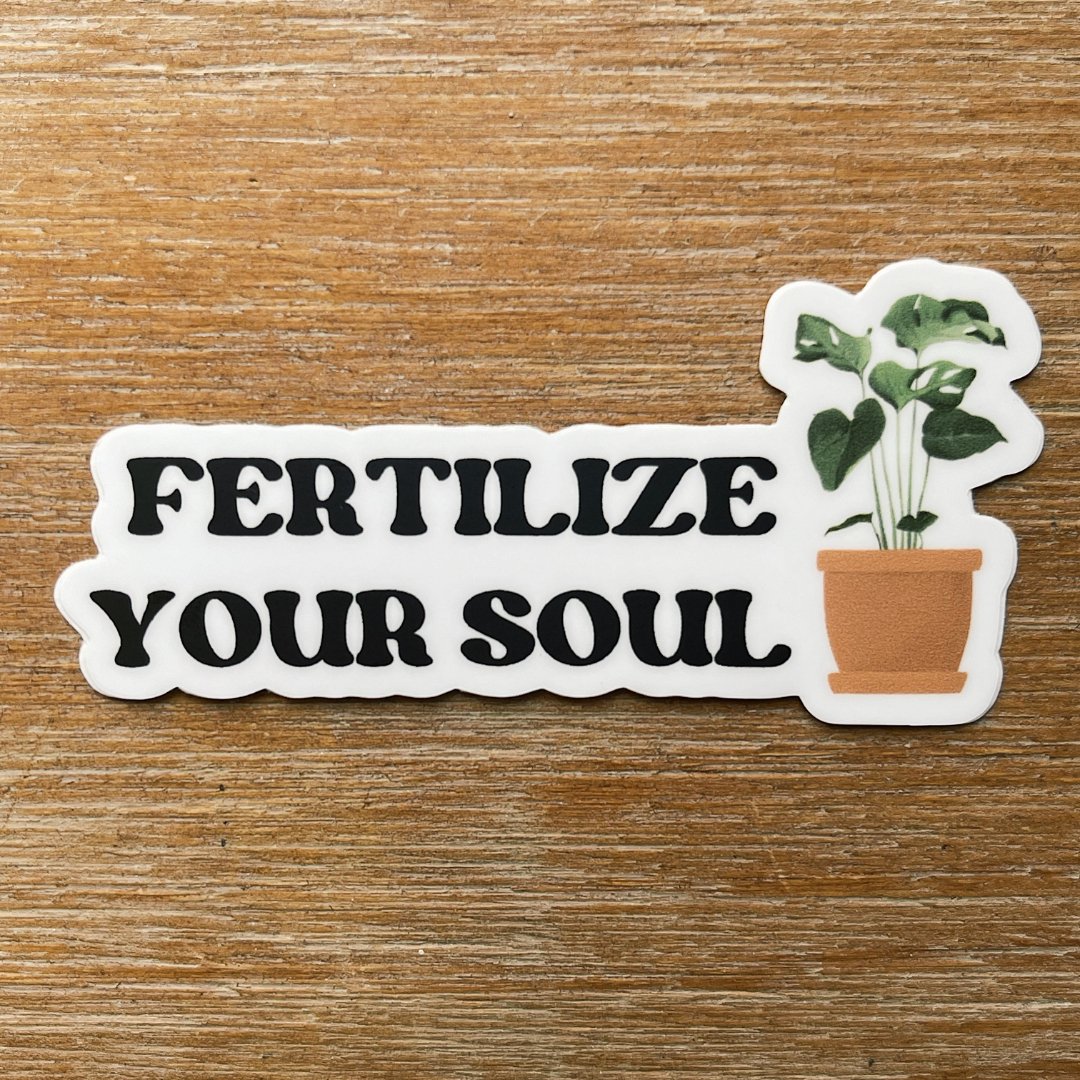As the days get shorter and temperatures drop, your houseplants start to notice the seasonal shift too. Many indoor plants, especially tropical varieties like Pothos, Monstera, and Philodendrons, slow their growth in fall and winter. This change means they need a slightly different care routine than in spring and summer. By adjusting your watering, lighting, and general care habits, you can keep your plants thriving all season long.
Here’s everything you need to know about transitioning your houseplants for fall and winter — plus a few tools that make the process easier.
1. Adjust Watering Habits
One of the biggest mistakes plant parents make in winter is overwatering. Since most houseplants grow more slowly during the colder months, they don’t use up moisture as quickly.
-
Allow the top 1–2 inches of soil to dry out before watering.
-
Always empty excess water from saucers to prevent root rot.
-
Reduce watering frequency — some plants may only need water every 2–3 weeks.
💡 Pro Tip: A moisture meter takes the guesswork out of watering. Instead of relying on guessing, you’ll know exactly when your plant’s soil is ready for more water.
2. Manage Indoor Lighting
Fall and winter mean fewer hours of natural sunlight, and your plants will feel the difference.
-
Move light-loving plants closer to south- or east-facing windows.
-
Rotate pots every few weeks to ensure even growth.
-
Consider using grow lights if your space doesn’t get much natural light.
👉 Variegated plants like Marble Queen Pothos or Manjula Pothos often lose their patterns if they don’t get enough light in winter. Keep an eye out and adjust their placement as needed.
3. Increase Humidity Levels
Indoor heating systems can quickly dry out the air, which stresses tropical houseplants. Signs of low humidity include brown leaf tips, crispy edges, or curled leaves.
-
Use a humidifier near your plant collection.
-
Group plants together to create a humidity pocket.
-
Place plants on a pebble tray with water (without letting roots sit in it).
4. Hold Off on Fertilizer
Since most houseplants go semi-dormant in fall and winter, they don’t need extra nutrients. Fertilizing during this time can lead to salt buildup in the soil.
-
Pause fertilization until spring when growth picks back up.
-
If you do feed, use a half-strength solution sparingly.
5. Watch for Drafts and Temperature Changes
Houseplants are sensitive to sudden temperature shifts.
-
Keep plants away from cold windows, doors, or heaters.
-
Maintain a steady room temperature between 65–75°F.
6. Prune and Clean Your Plants
Fall is the perfect time to give your plants a little tidy-up.
-
Remove yellowing or dead leaves to encourage healthy growth.
-
Wipe dust off leaves with a damp cloth so they can absorb light better.
-
Trim leggy vines or stems to promote fuller growth in spring.
💡 Pro Tip: A pair of sharp pruning shears makes clean cuts that heal faster and reduce the risk of disease.
7. Consider Repotting (Only If Needed)
Most houseplants don’t need to be repotted in winter since growth slows down. However, if your plant is root-bound or the soil is depleted, you can repot carefully.
-
Choose a pot only 1–2 inches larger than the current one.
-
Use a well-draining soil mix with perlite or orchid bark.
-
Spread out roots gently to avoid shock.
✨ Pro Tip: Using a repotting mat keeps your workspace clean and makes the process much easier.
8. Keep an Eye Out for Pests
Drier winter air can sometimes attract pests like spider mites, mealybugs, and fungus gnats.
-
Inspect your plants weekly.
-
Wipe leaves and treat infestations early with neem oil or insecticidal soap.

Transitioning your houseplants for fall and winter doesn’t have to be difficult. By adjusting your watering schedule, maximizing light, boosting humidity, and pruning when needed, you’ll keep your plants happy until spring.
And remember — the right tools make all the difference. Our moisture meters, pruning shears, repotting mats, and houseplant starter kits are designed to make seasonal plant care simple and stress-free.
Bring a little green joy indoors this winter, and your plants will reward you with healthy, vibrant growth year-round.
